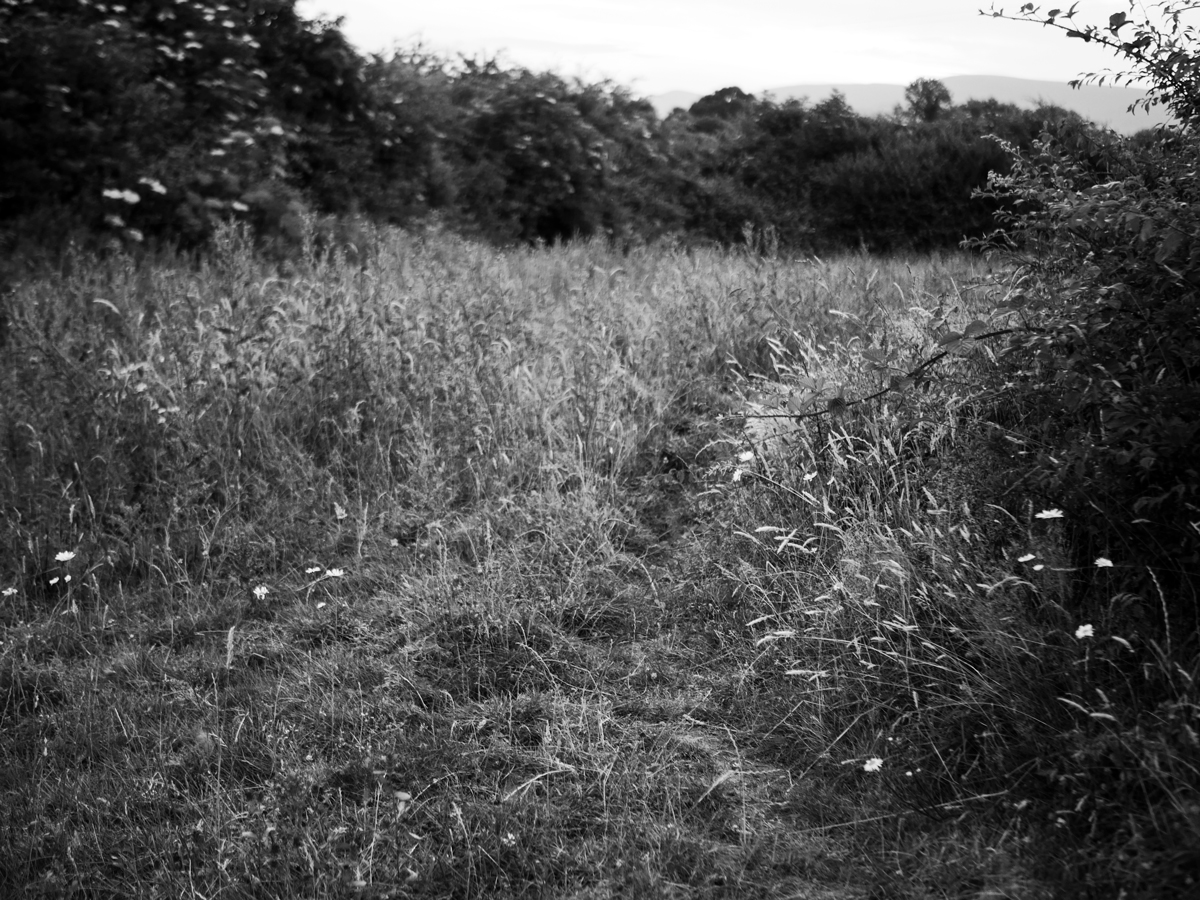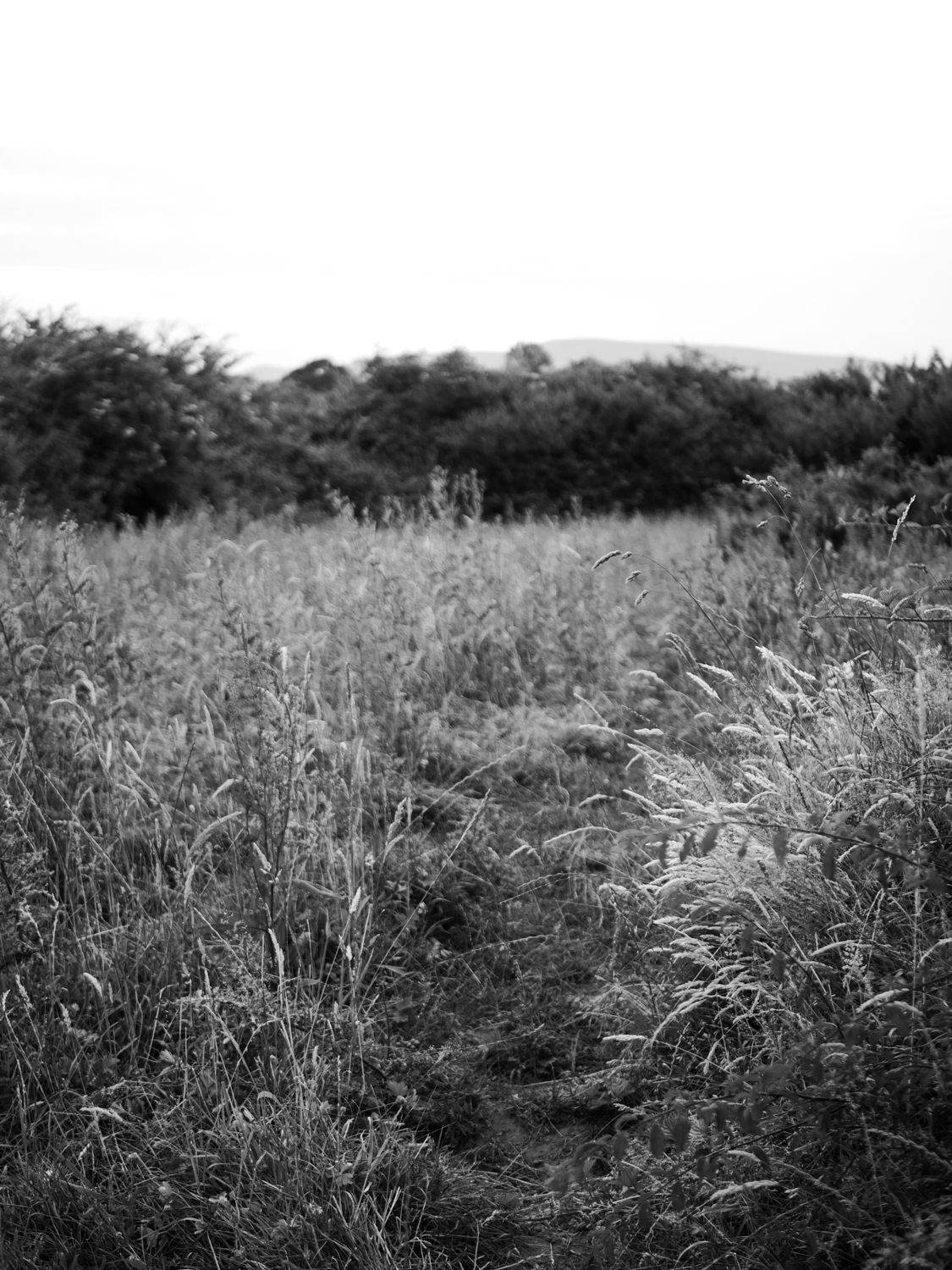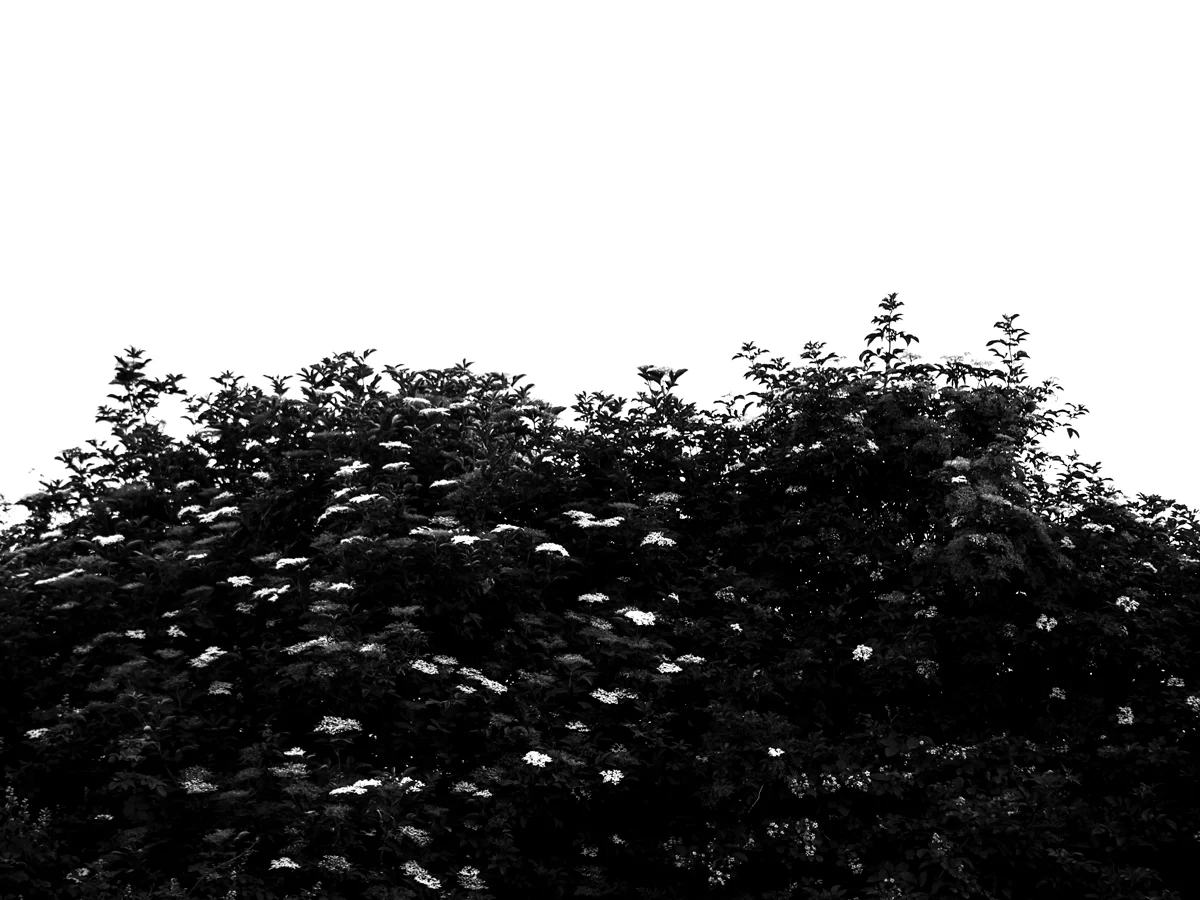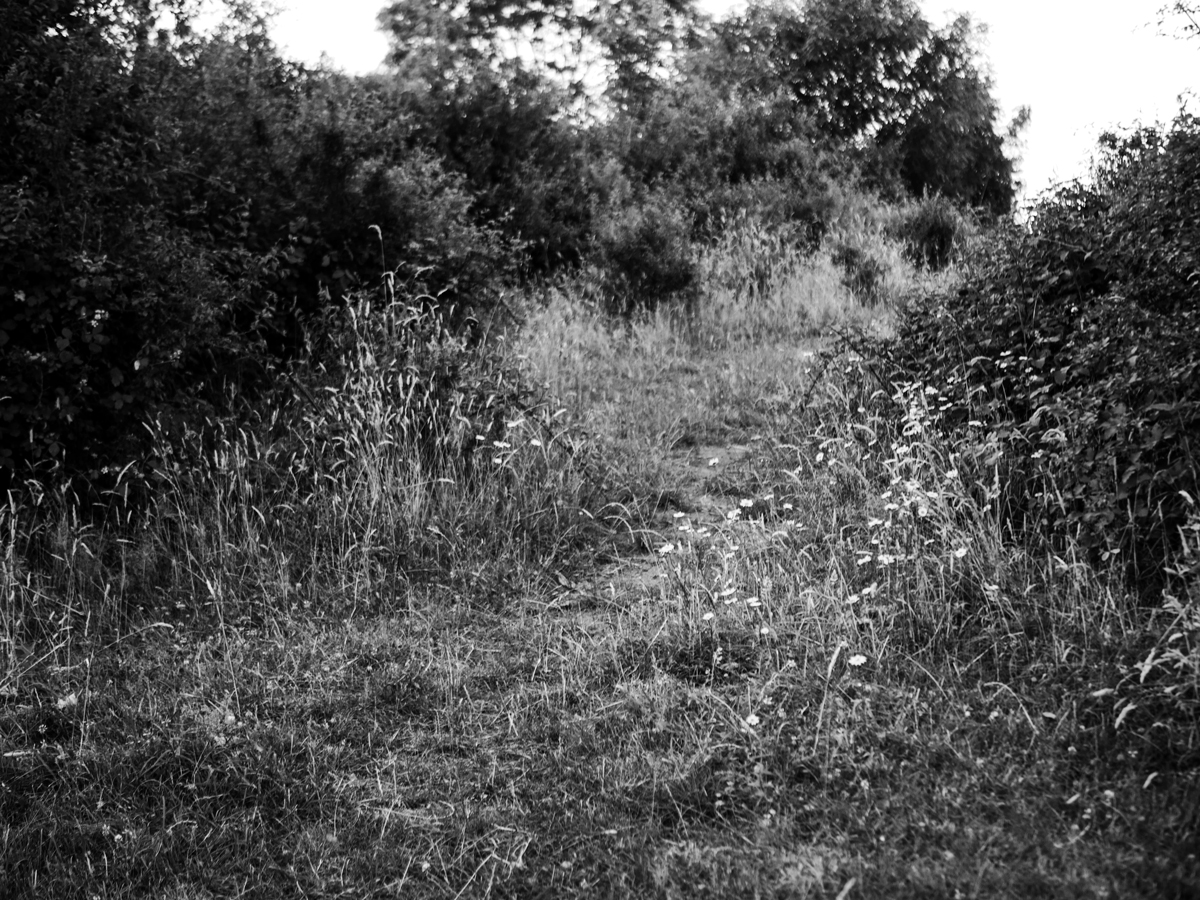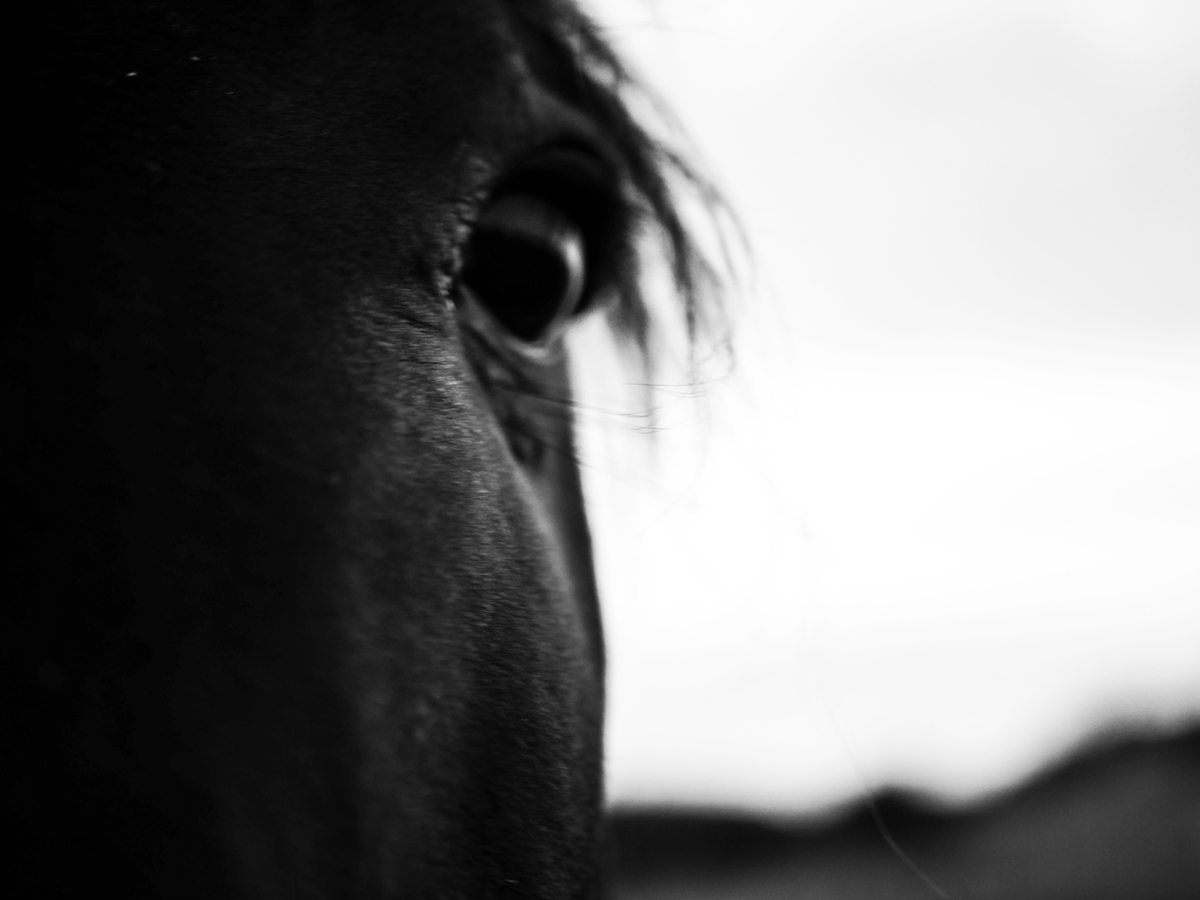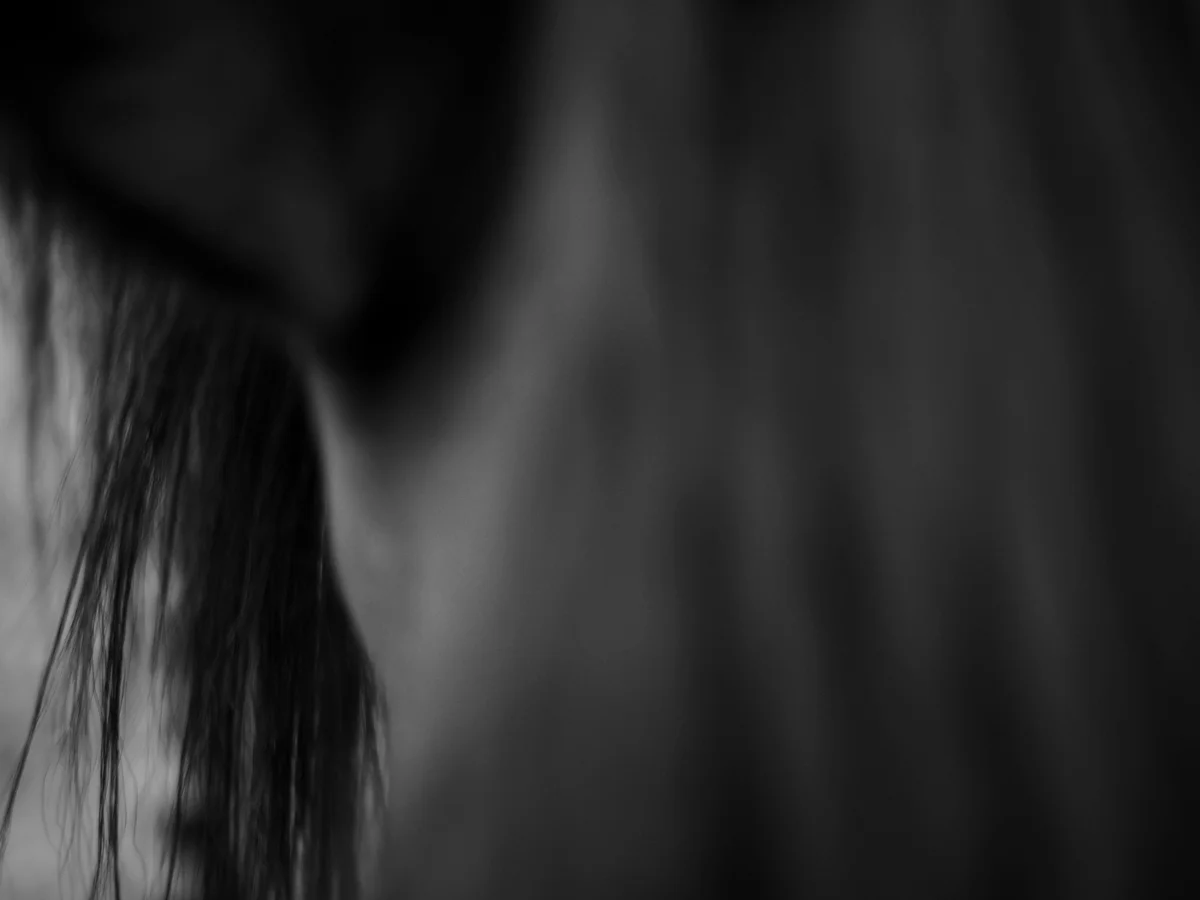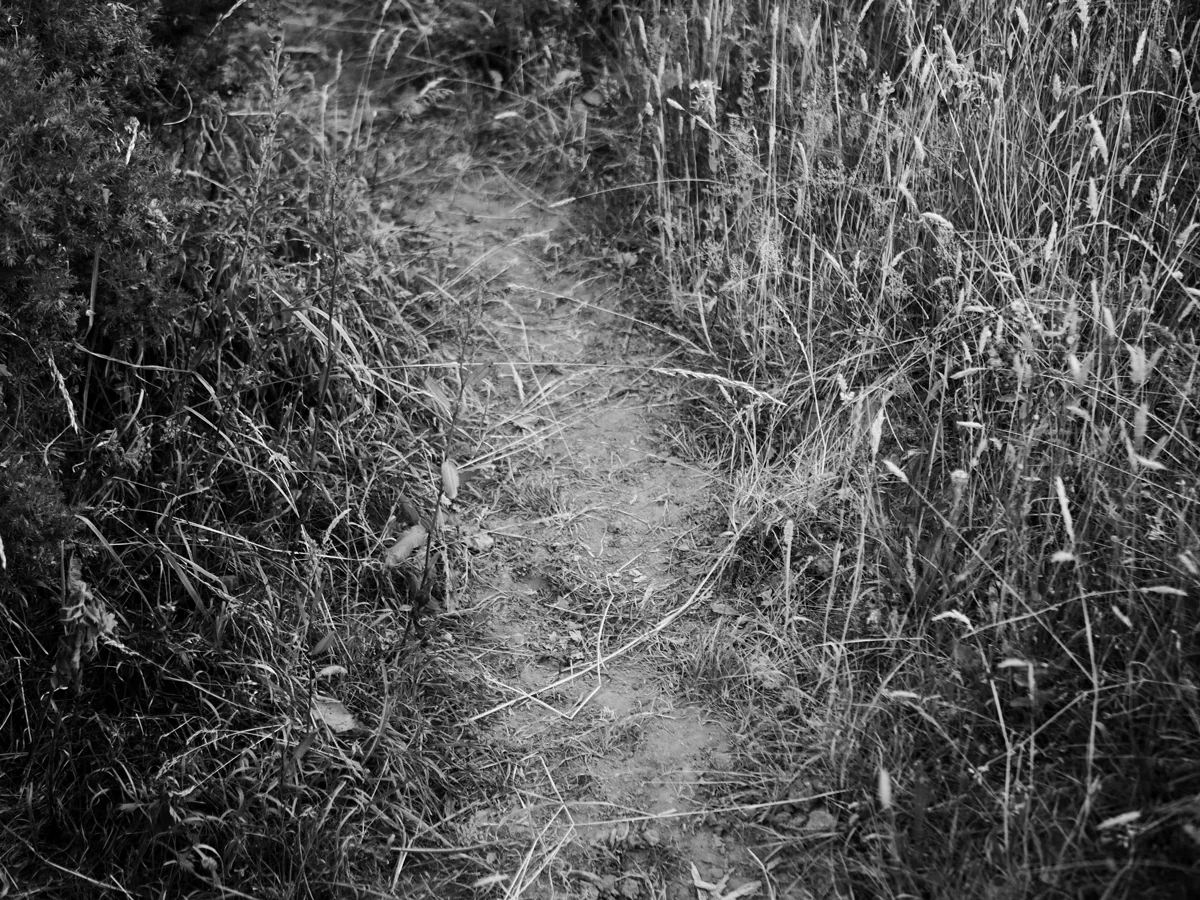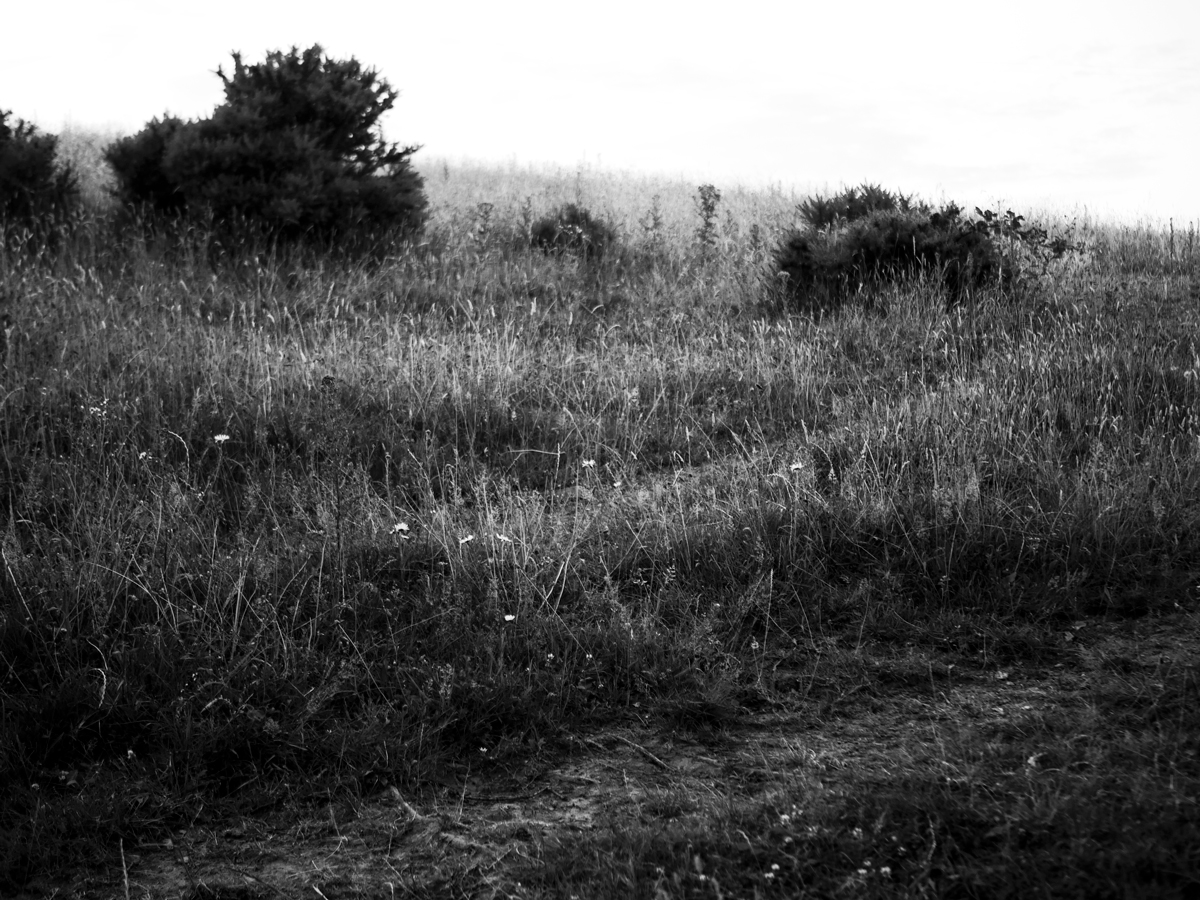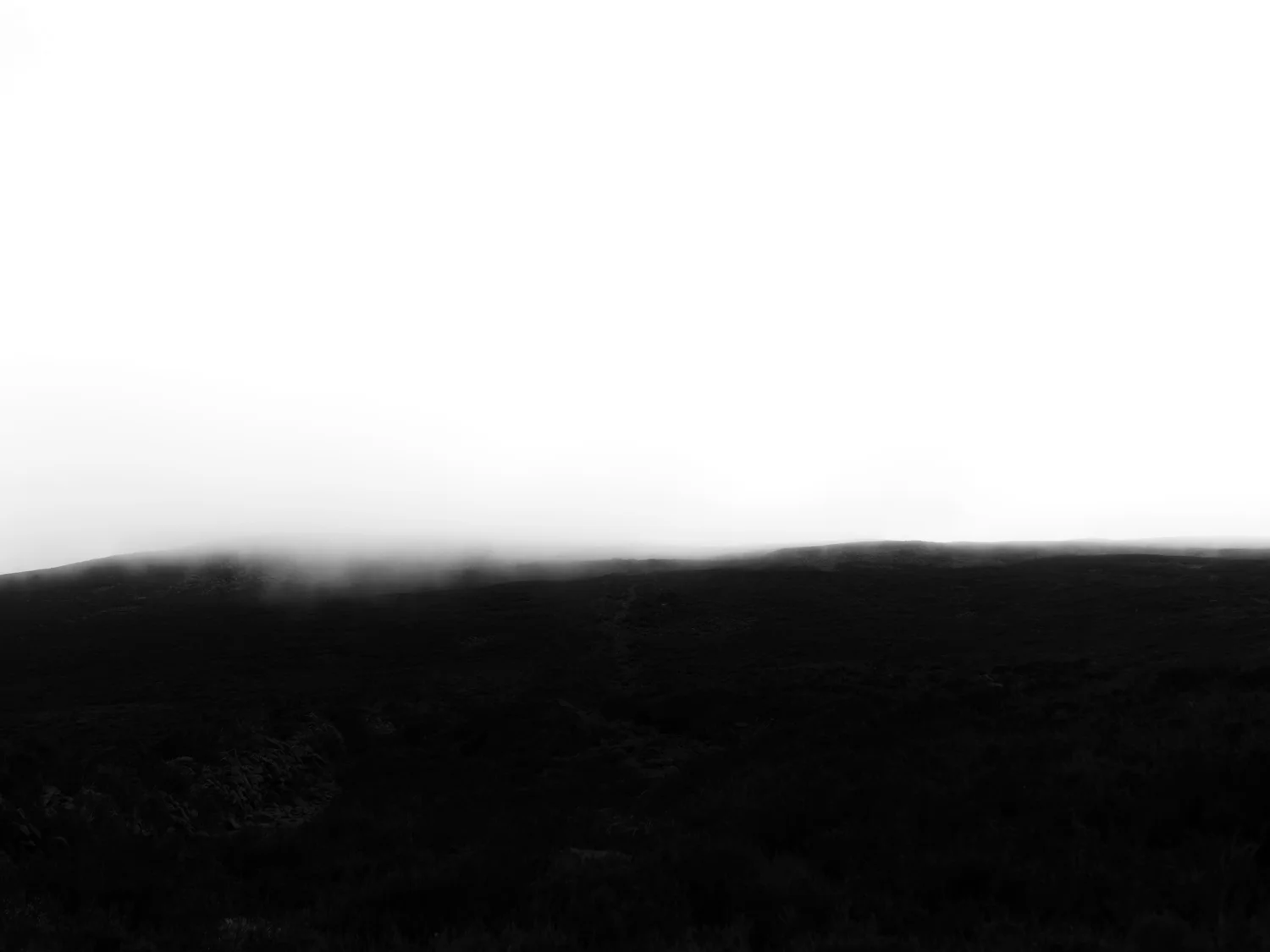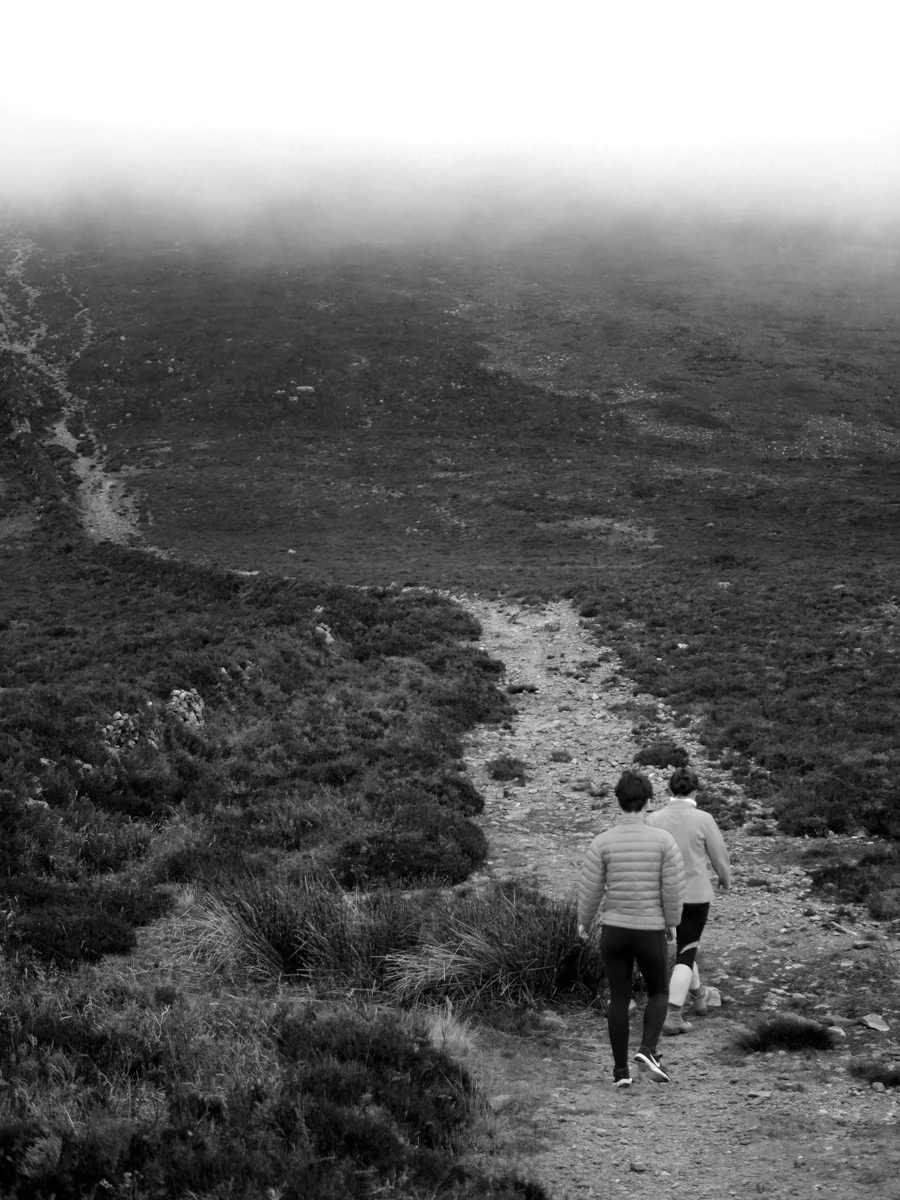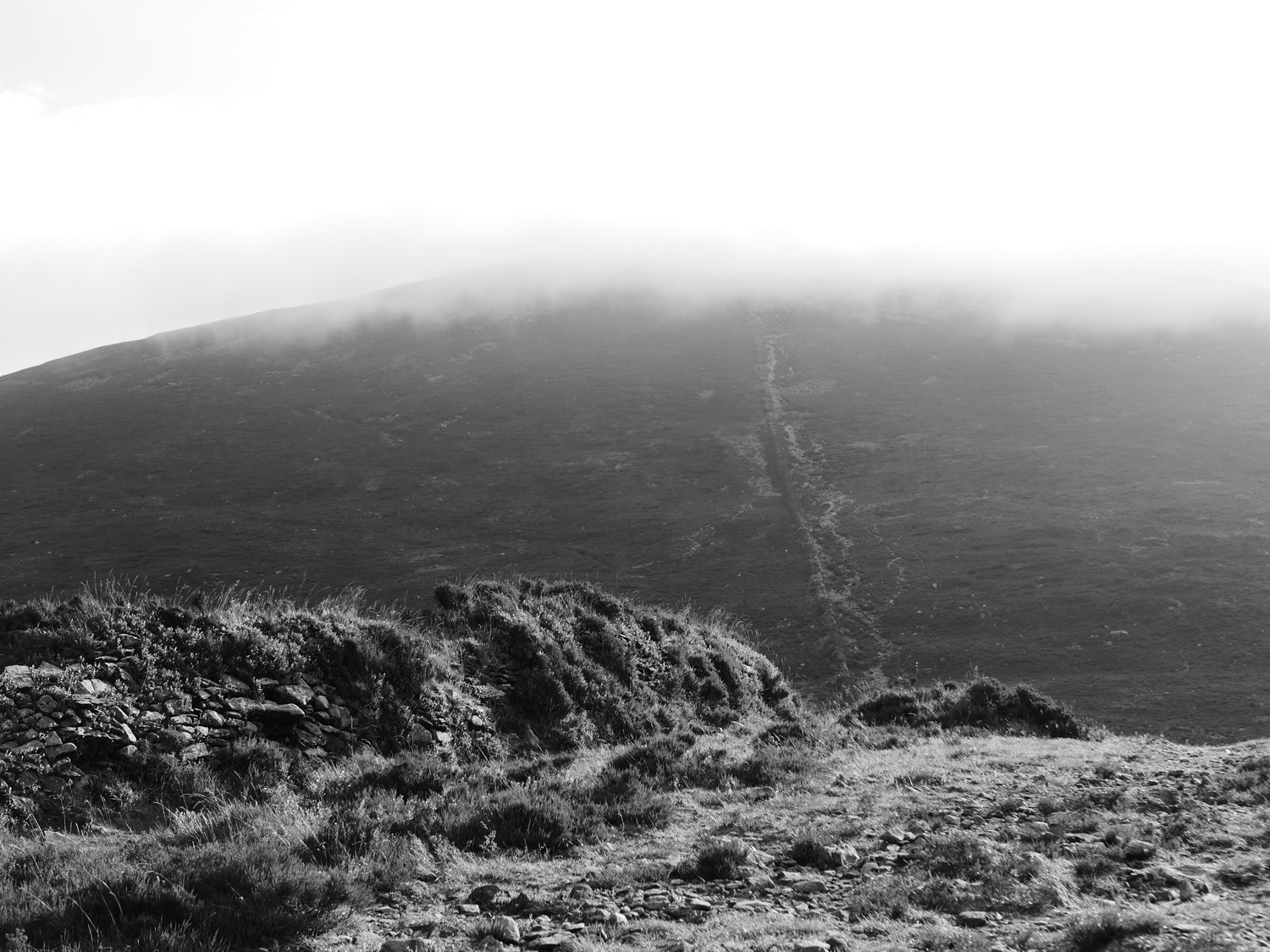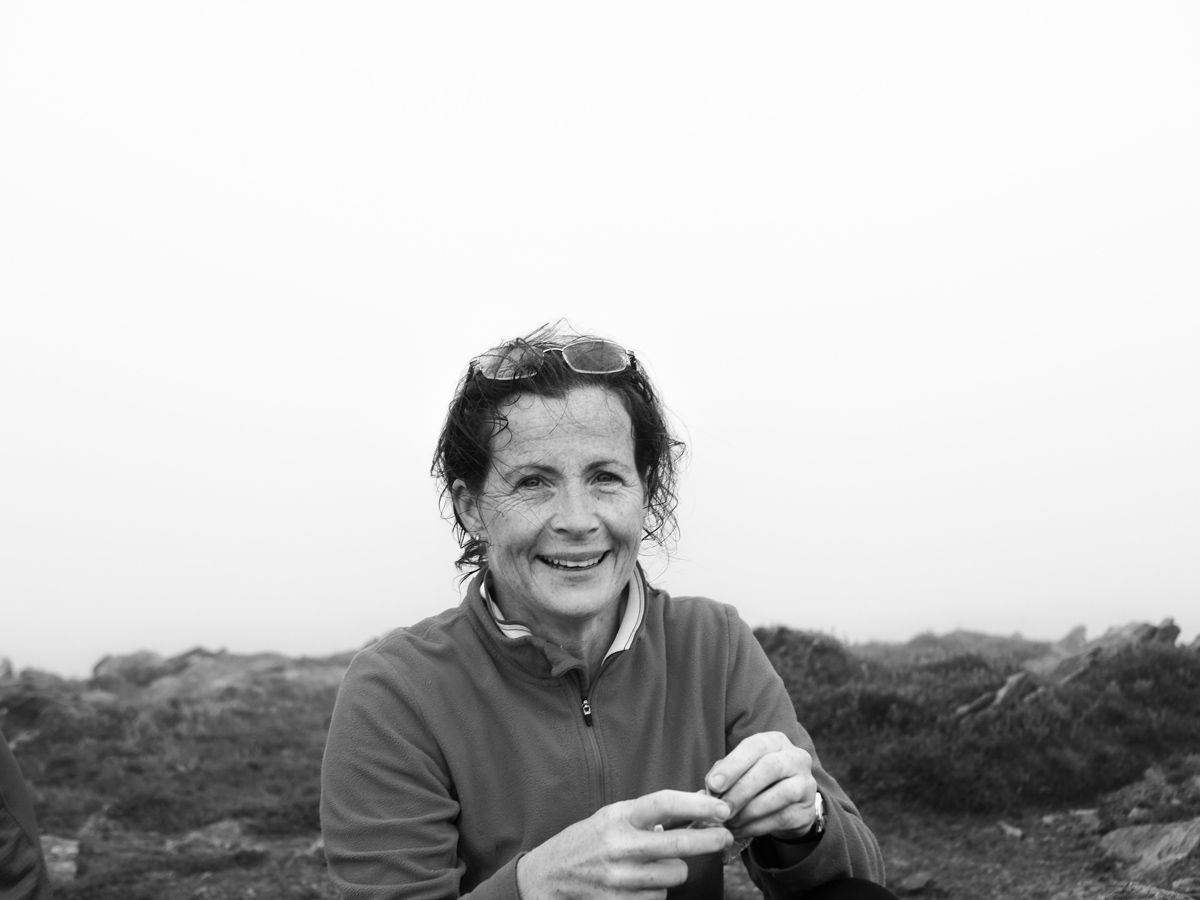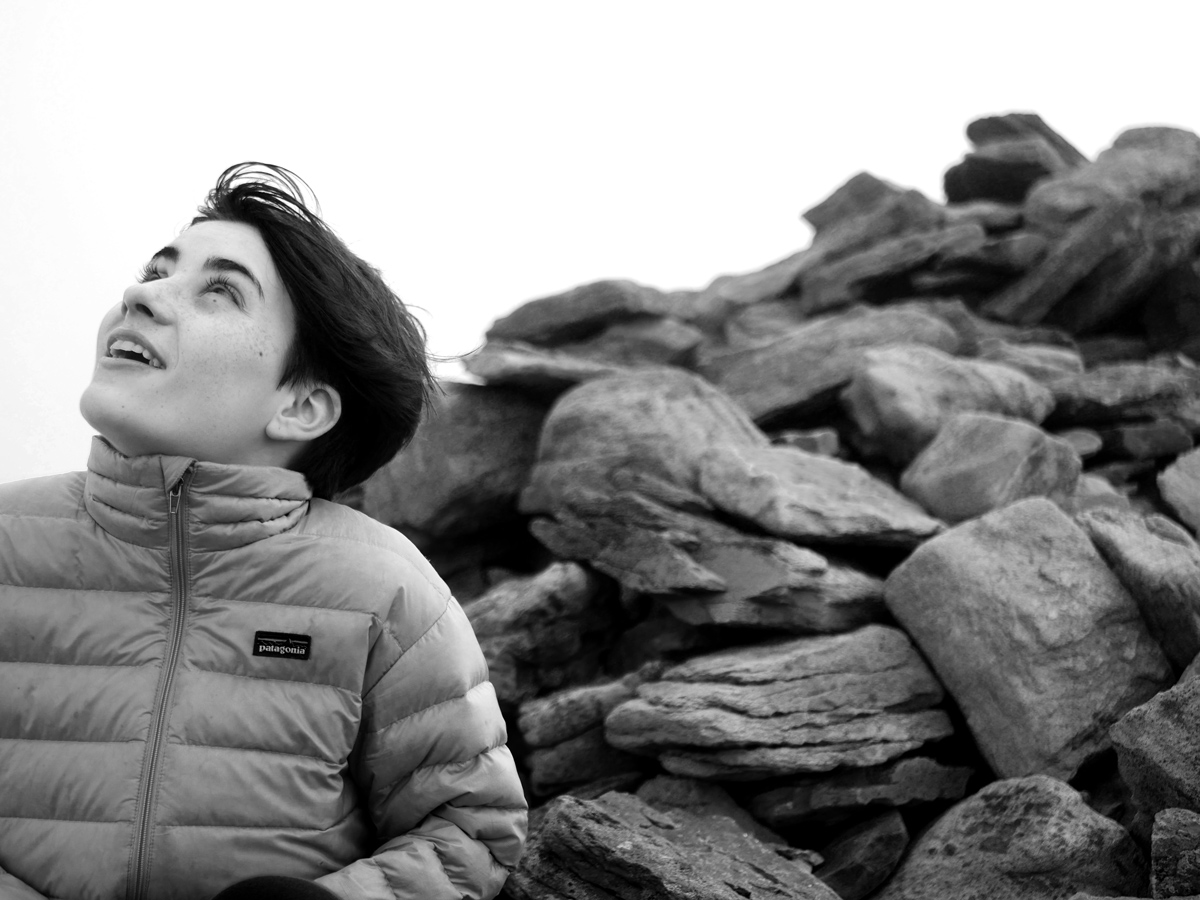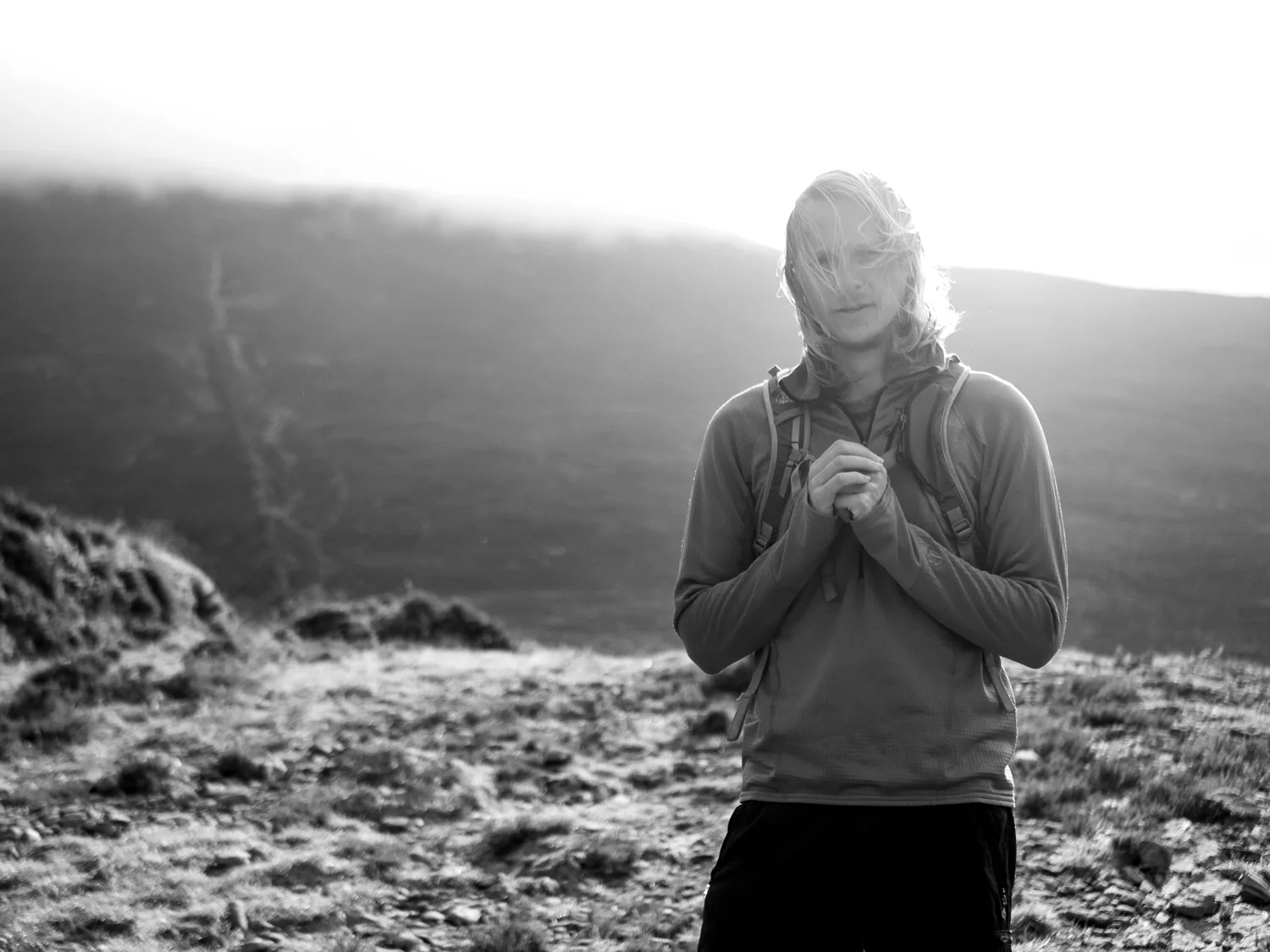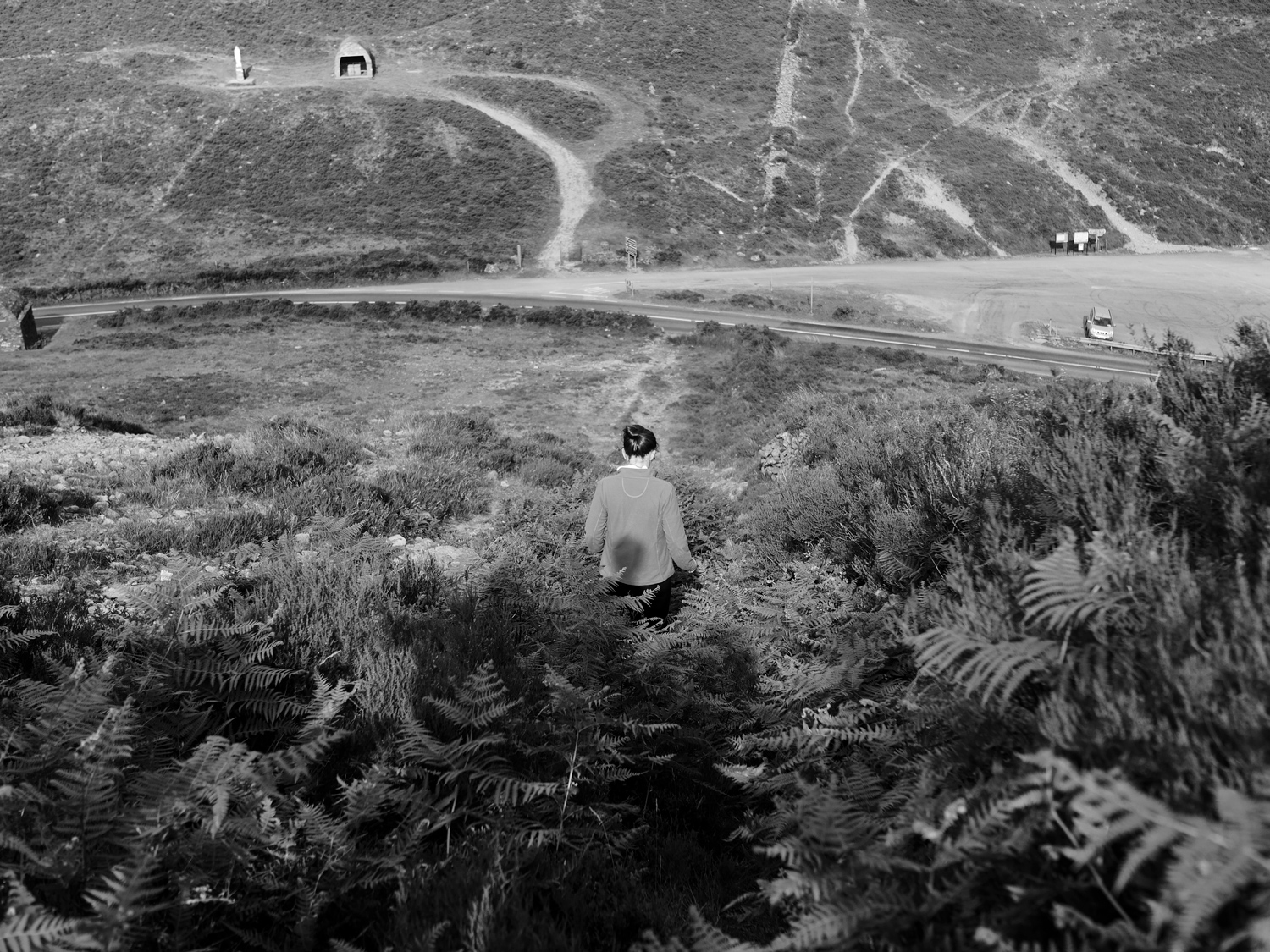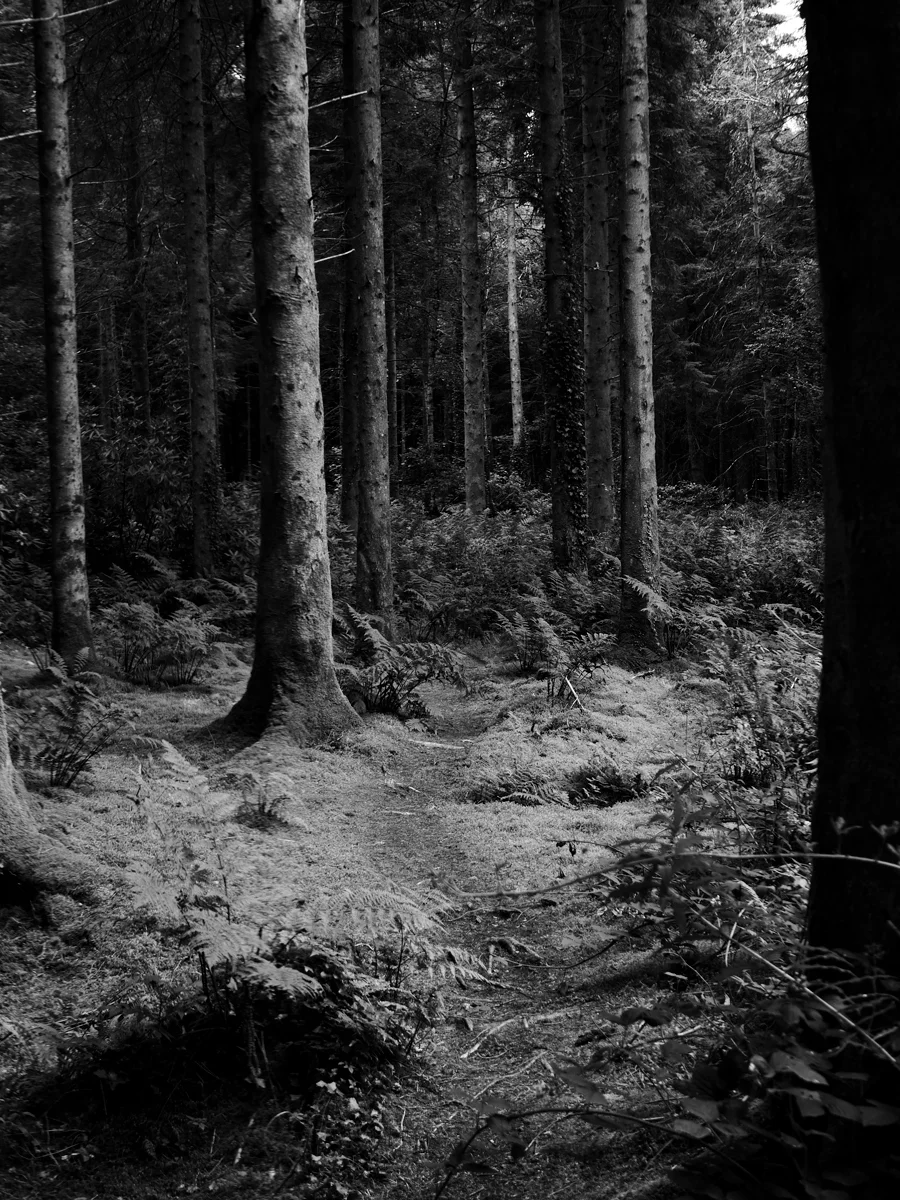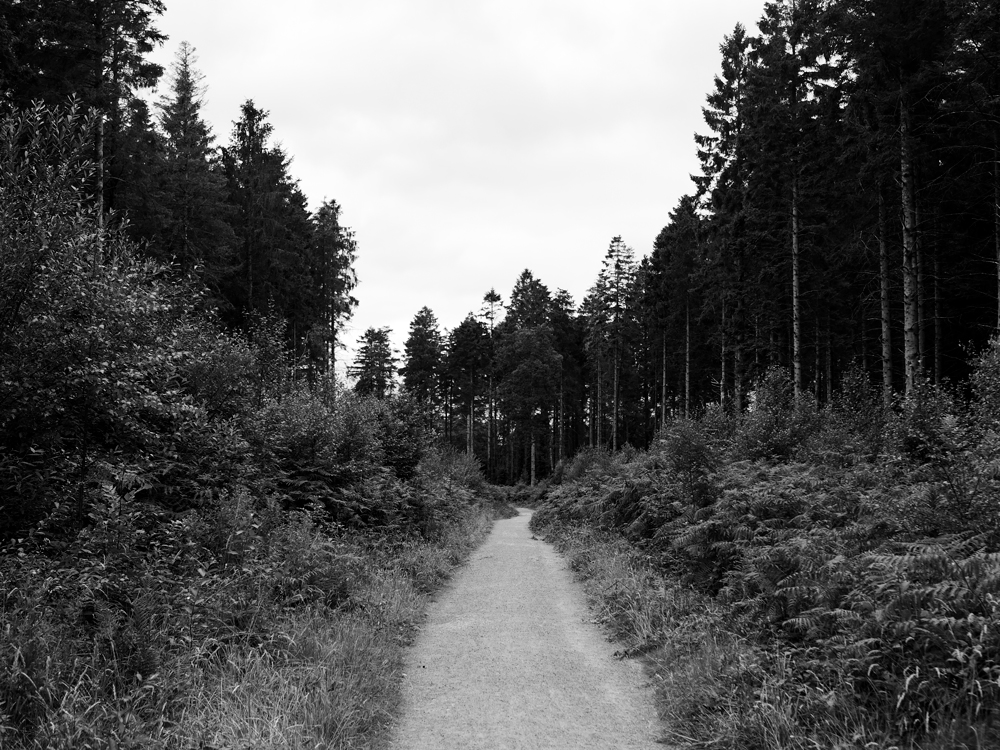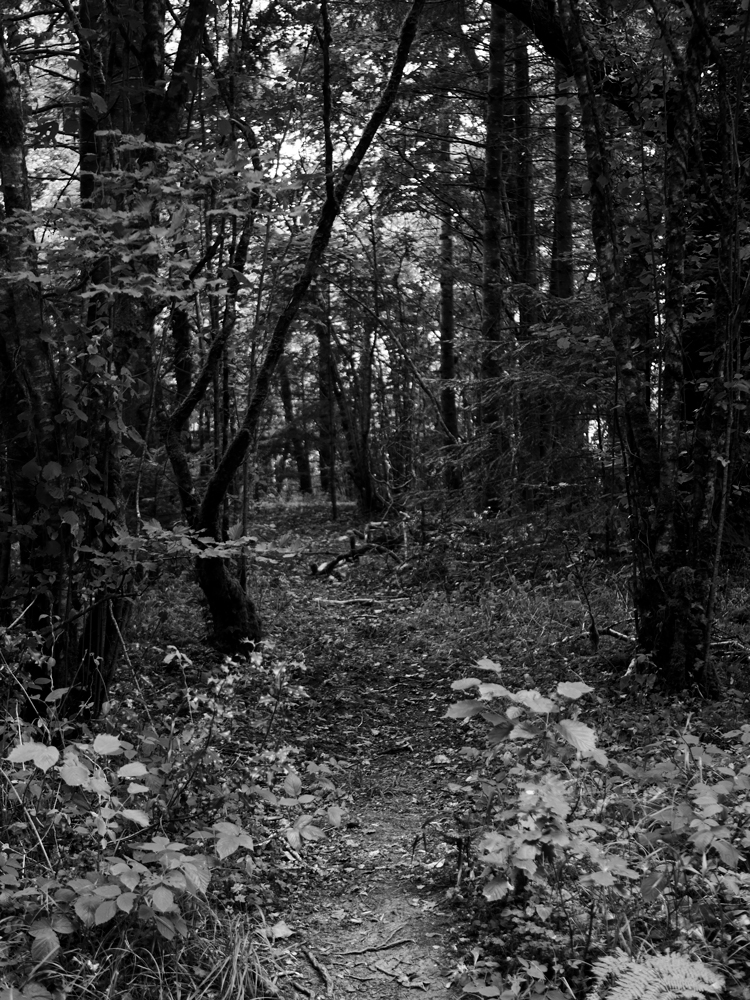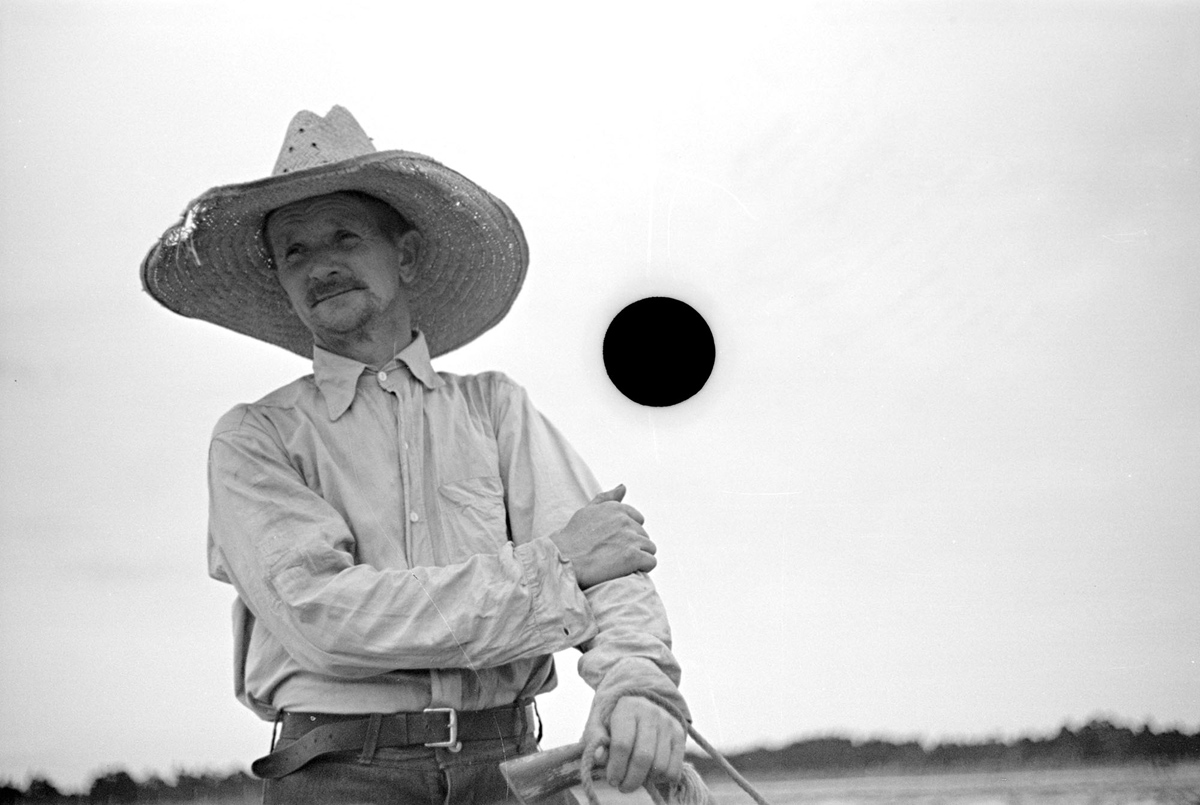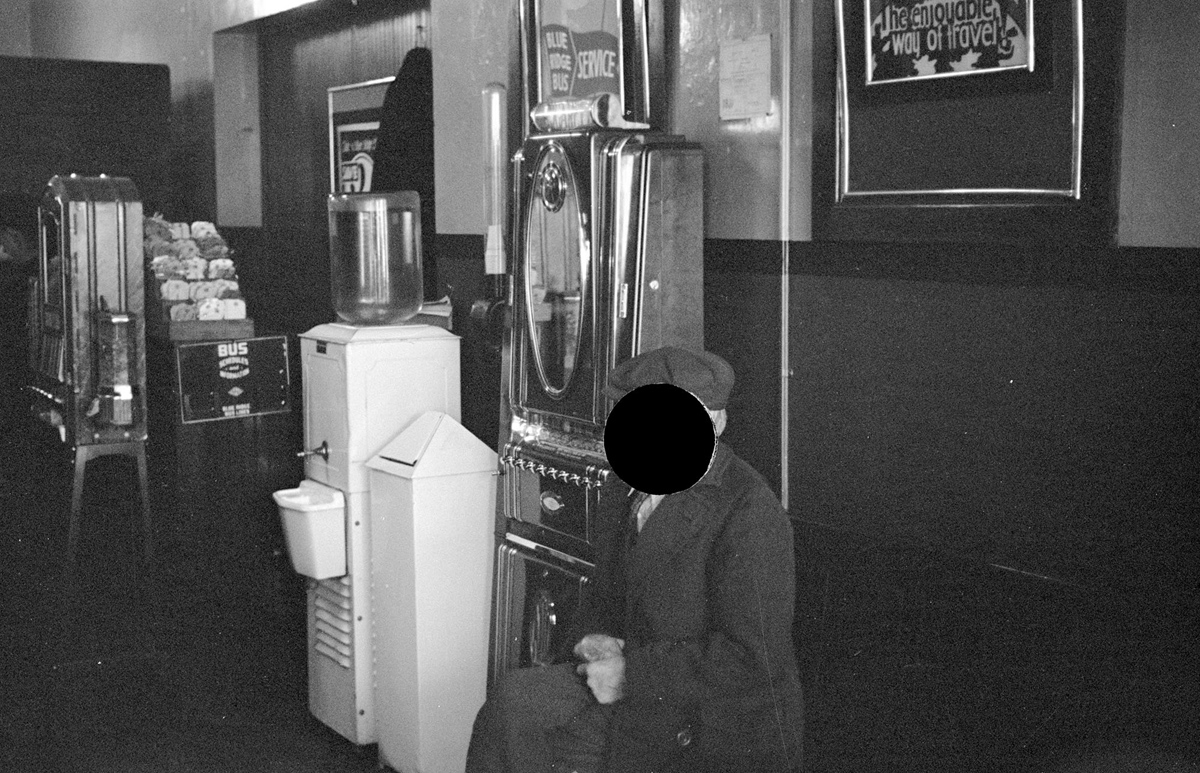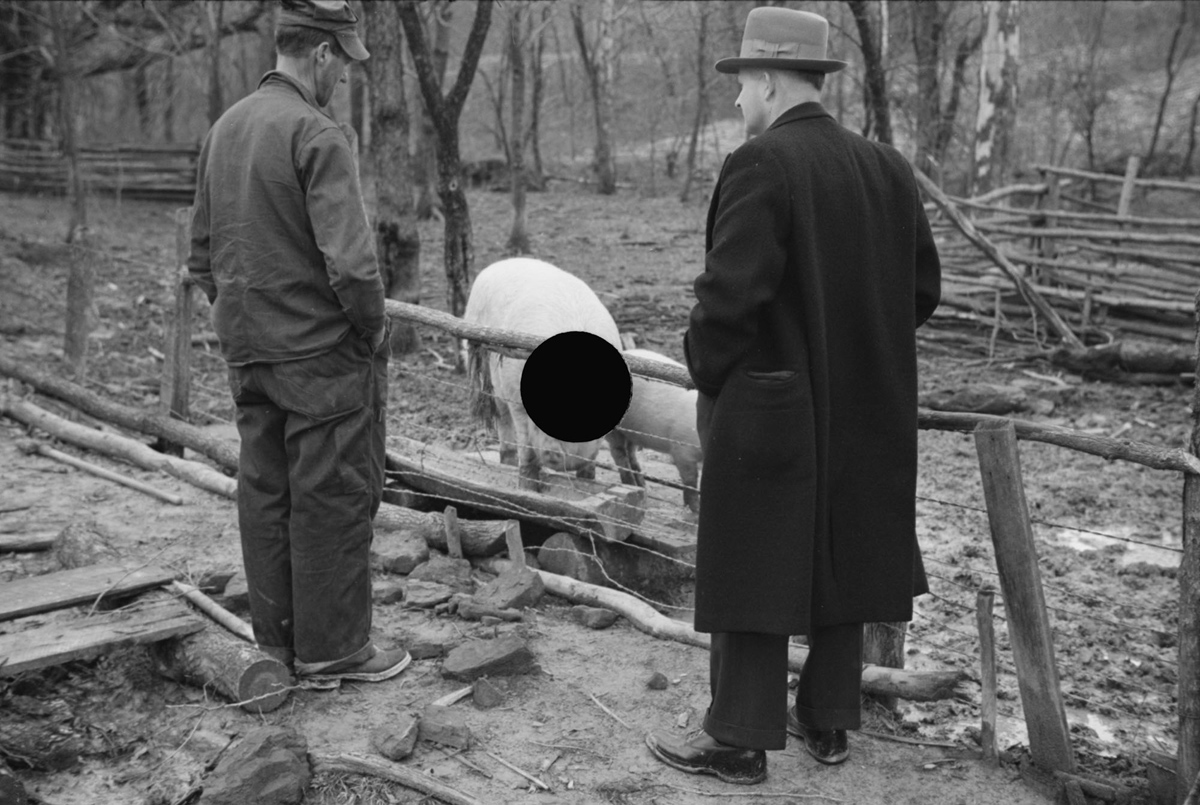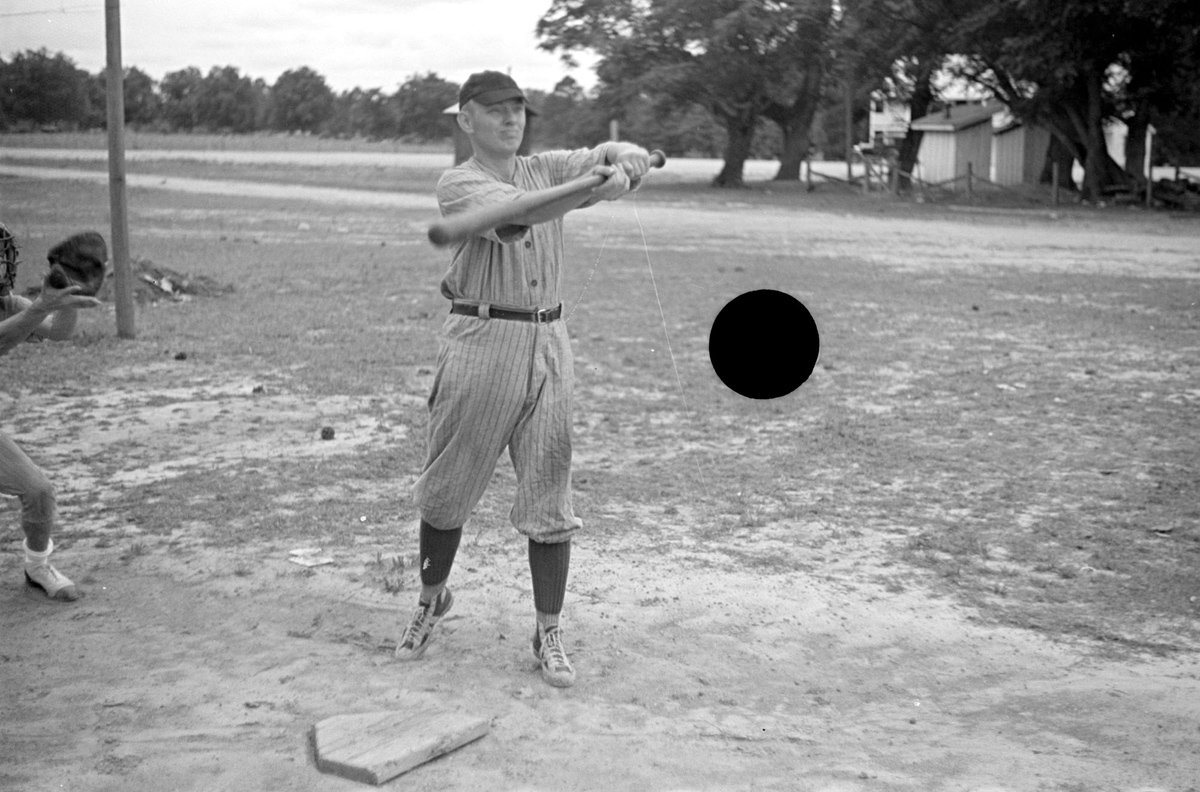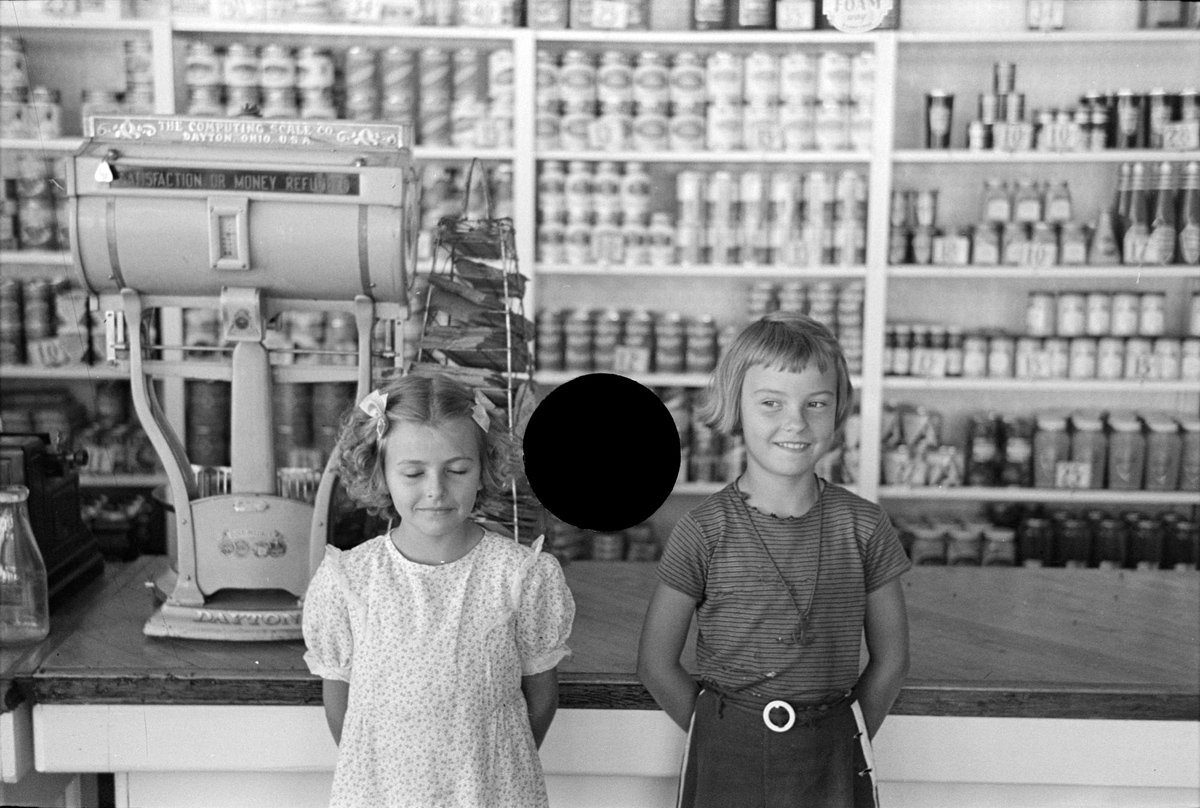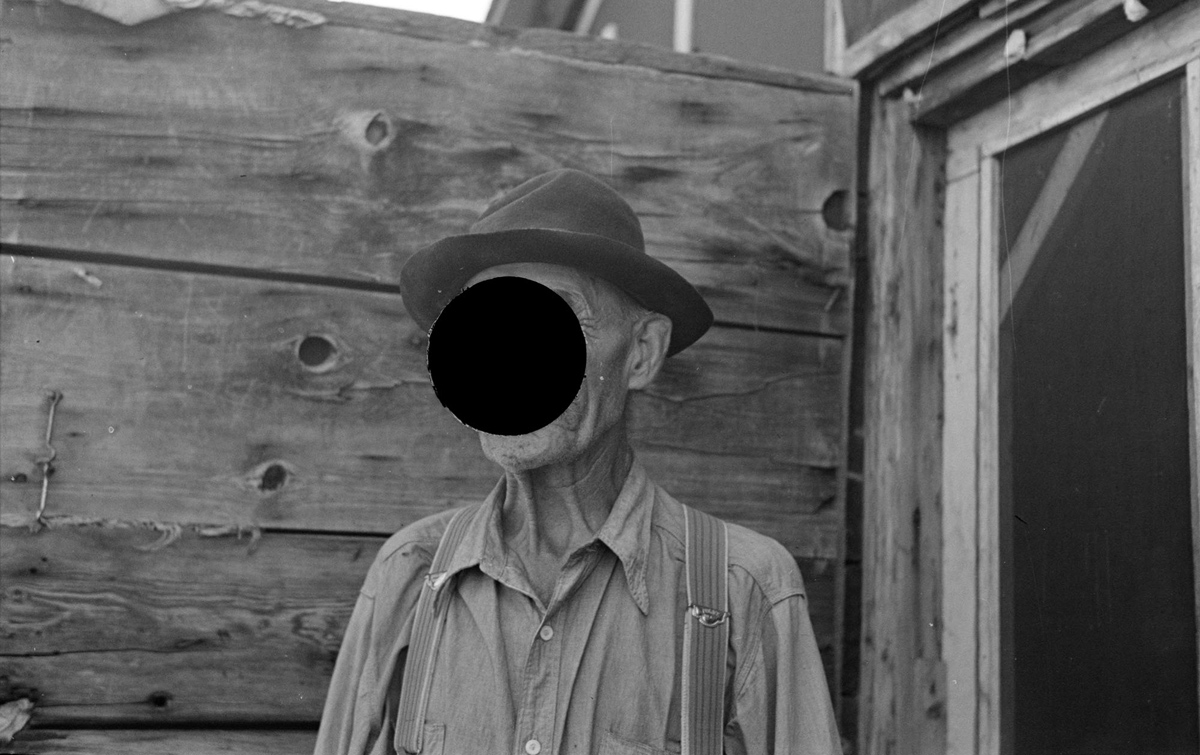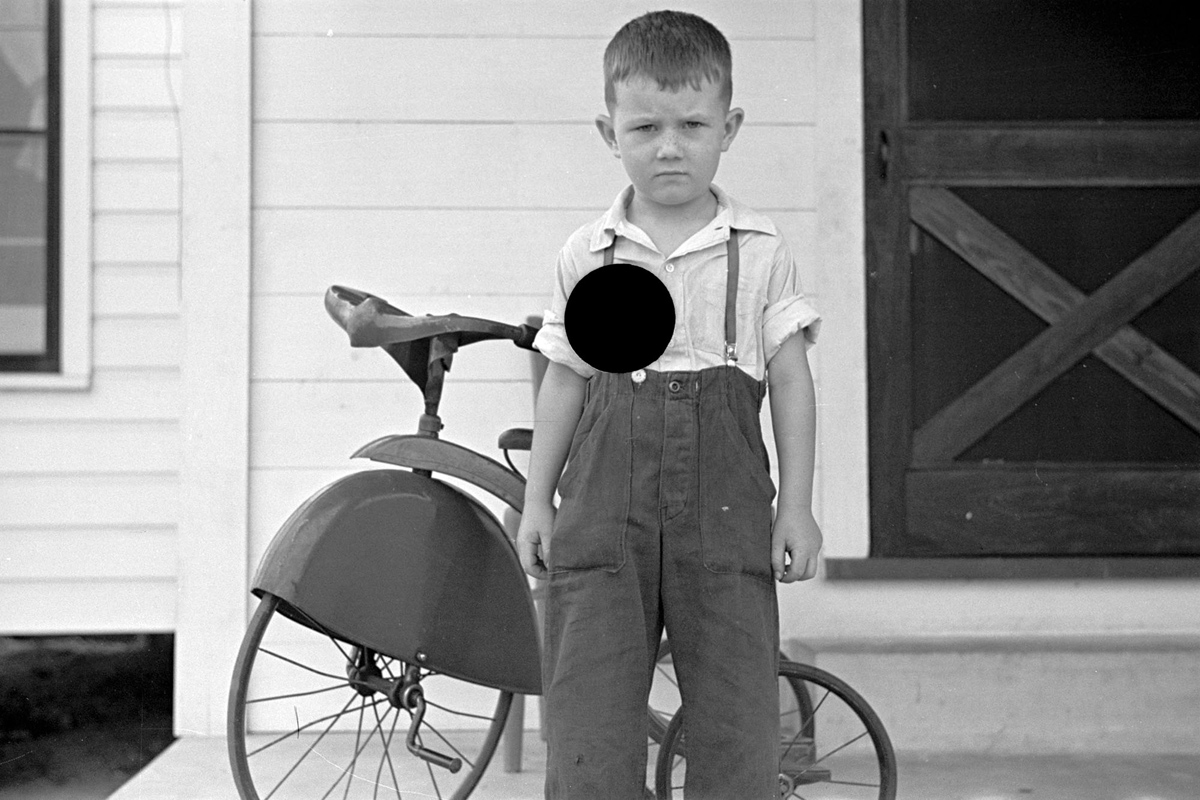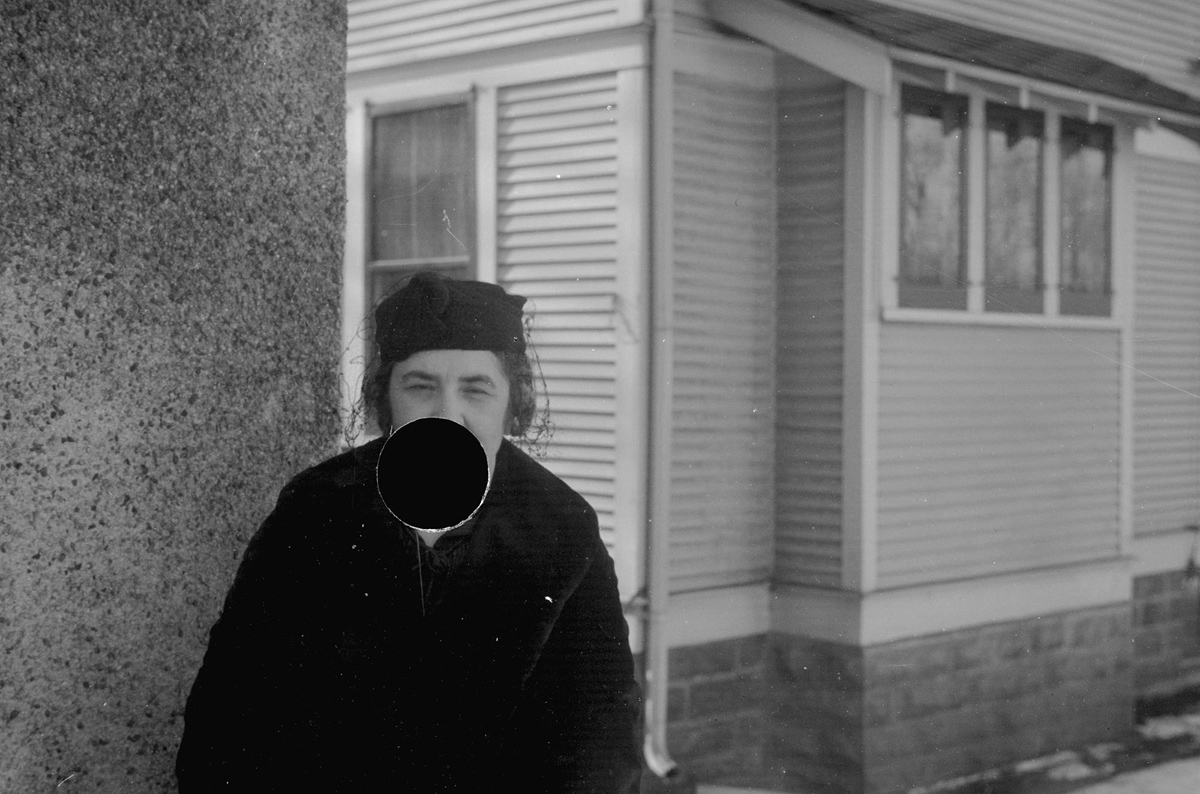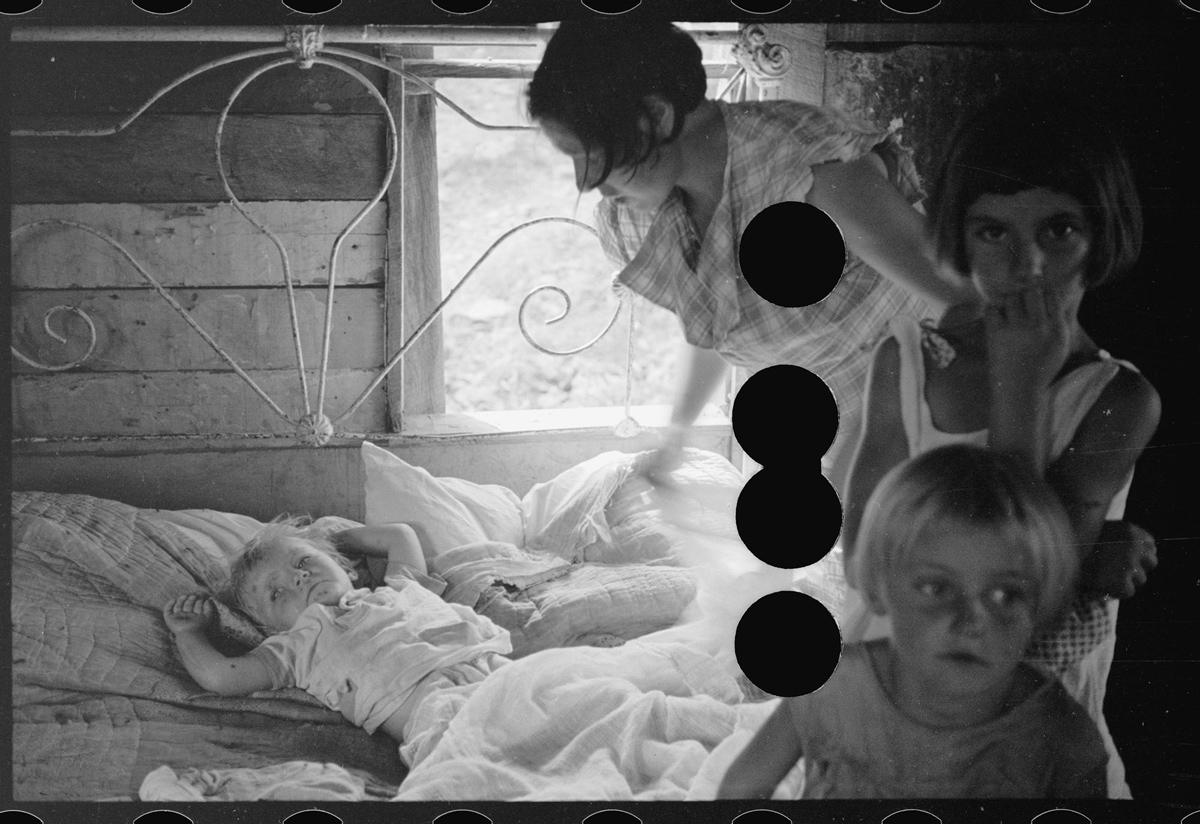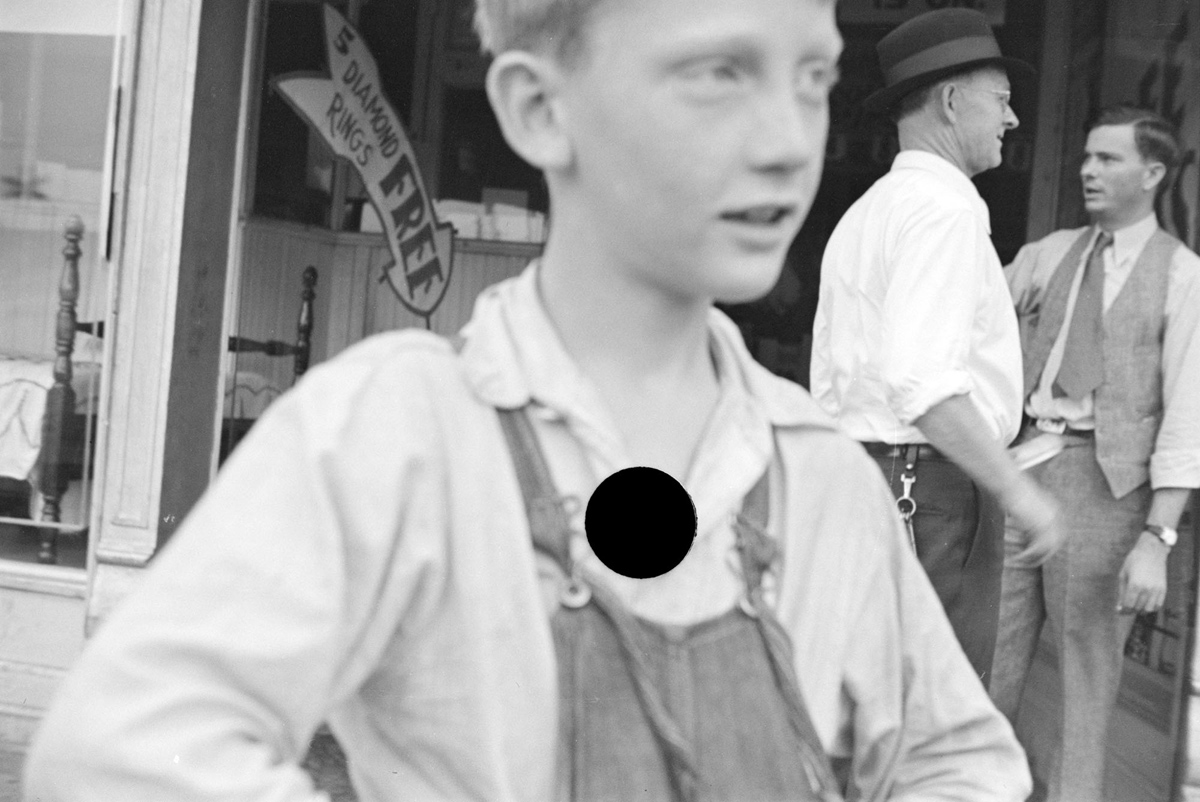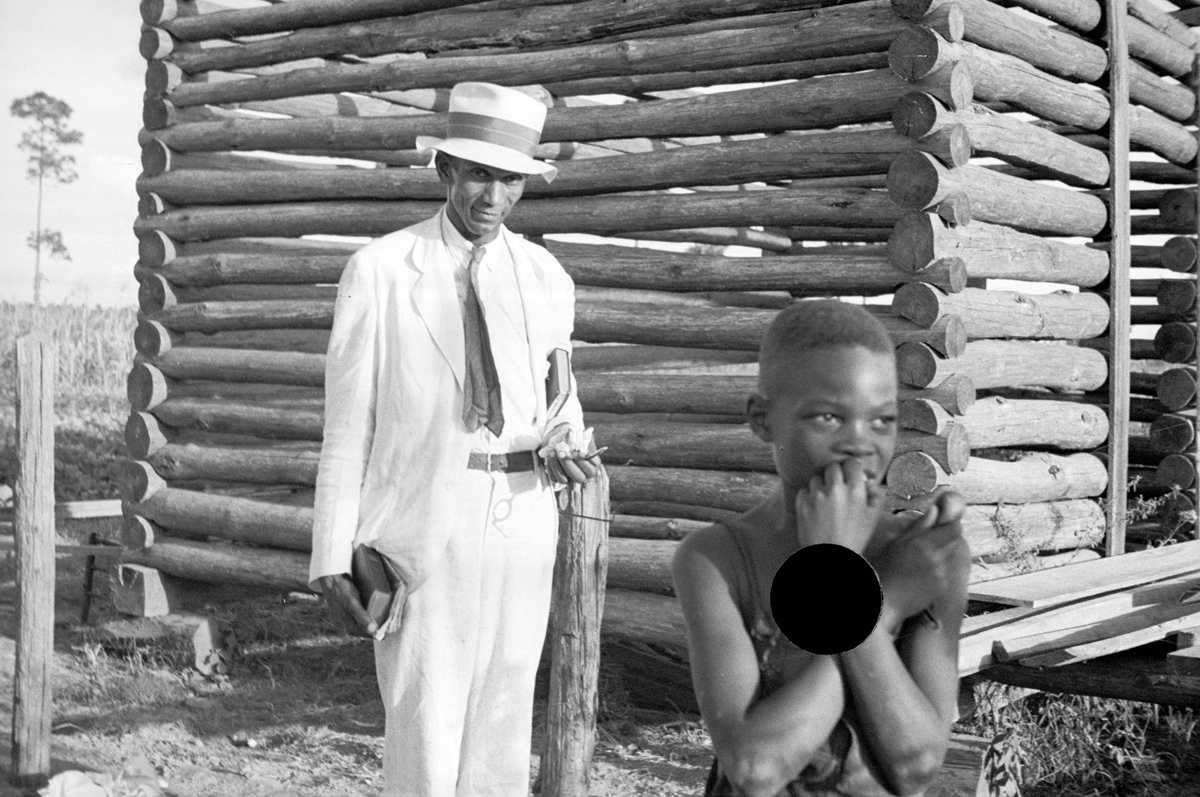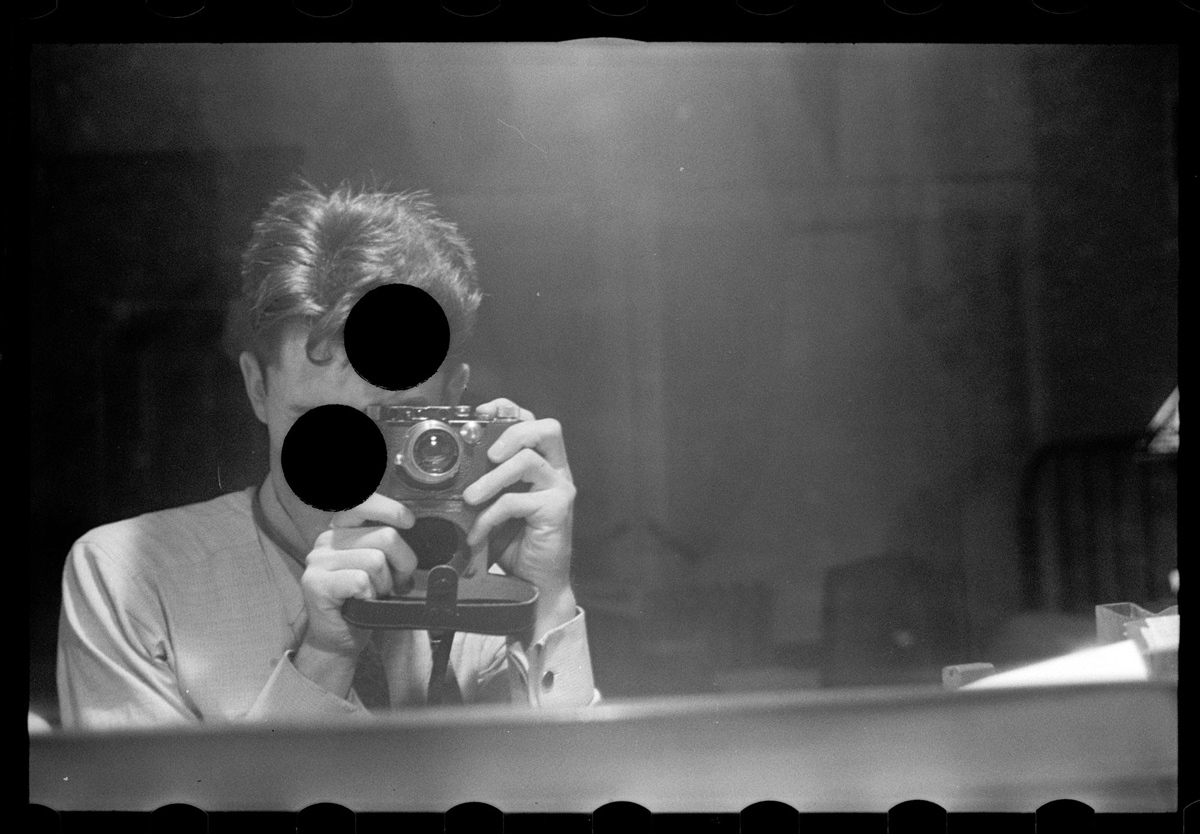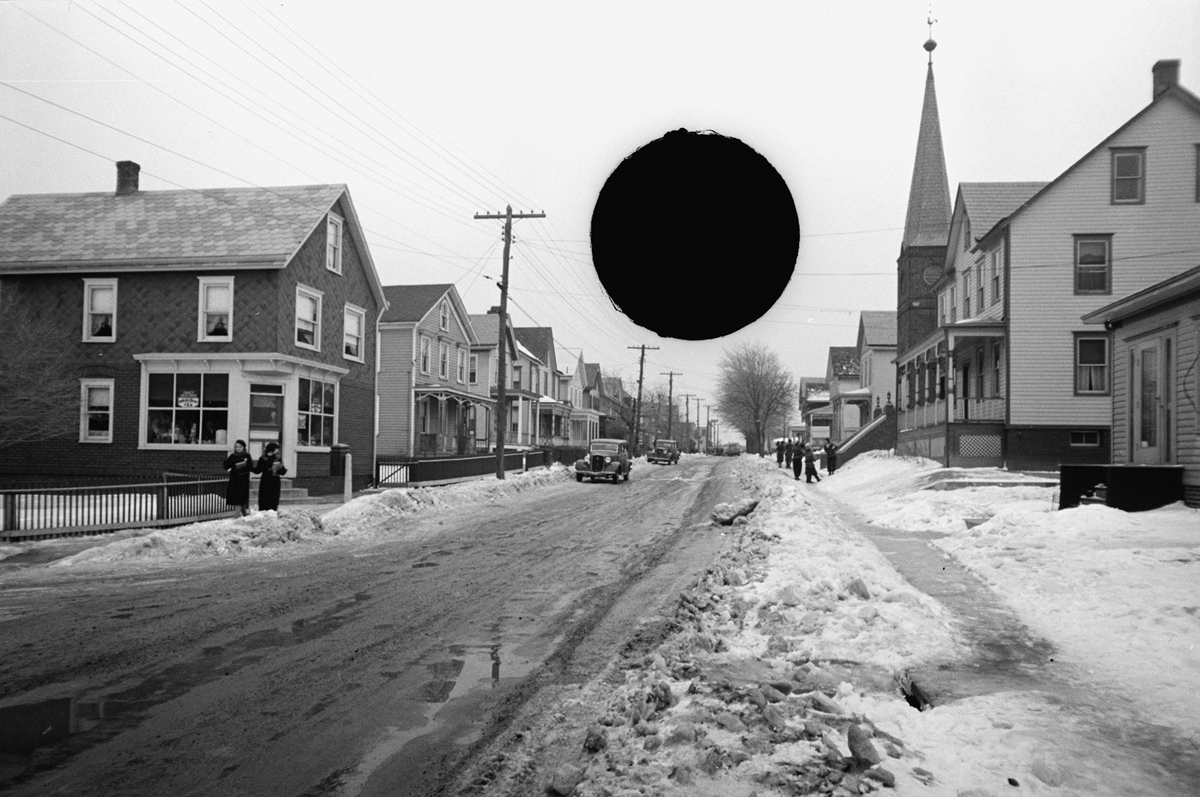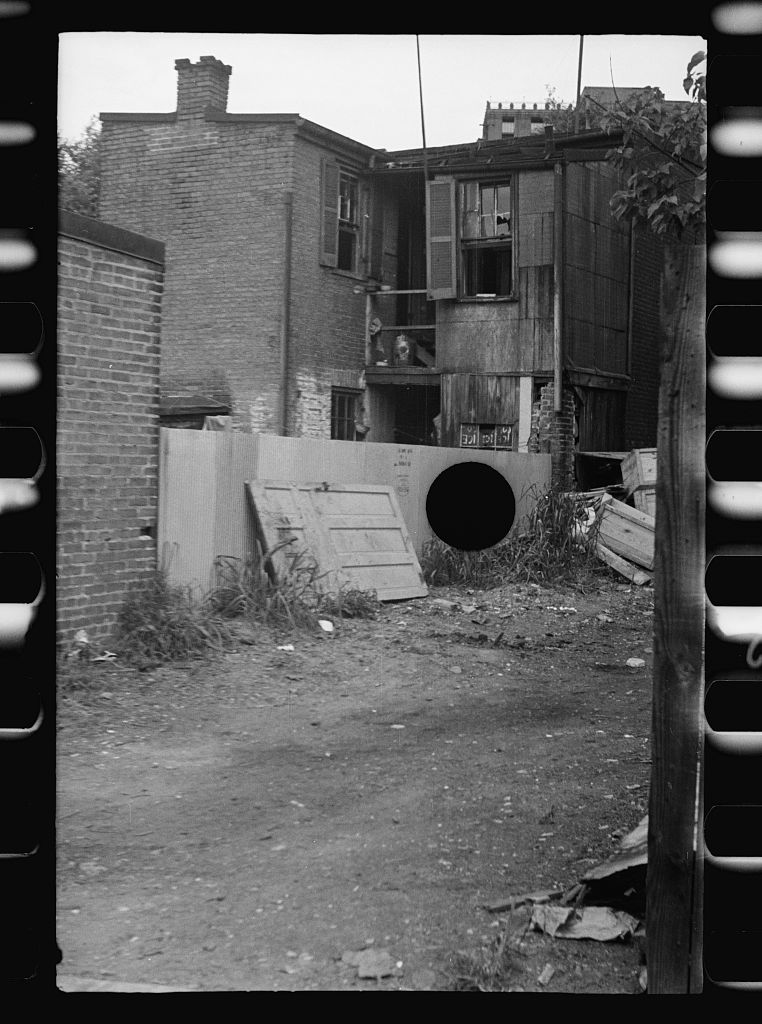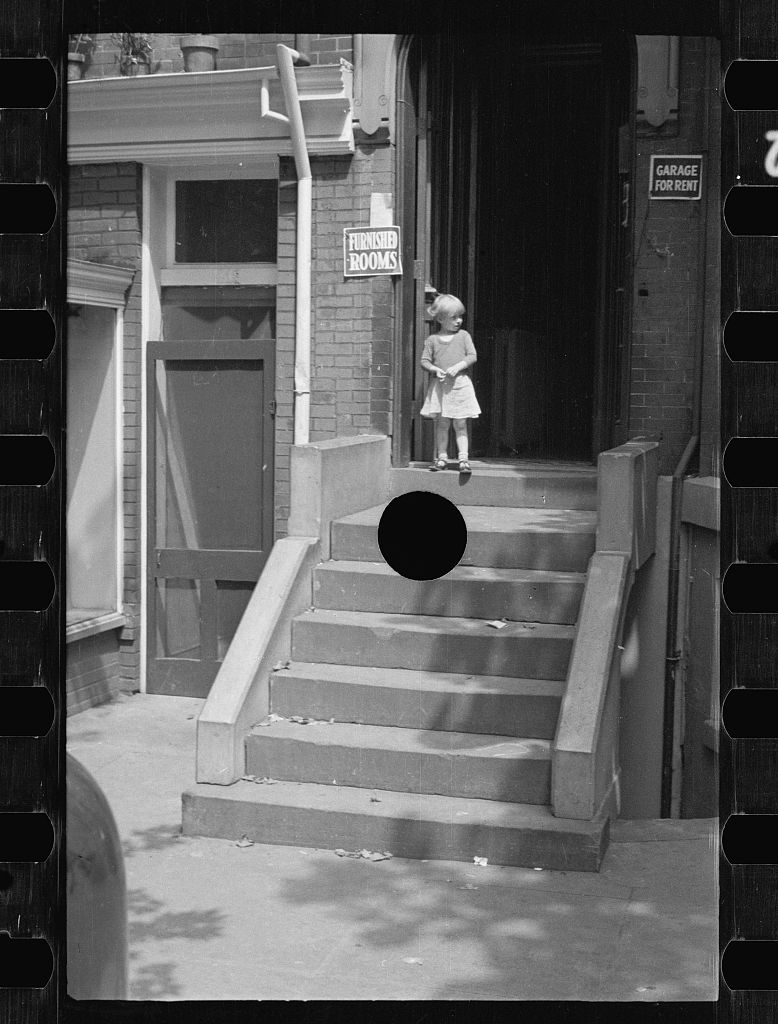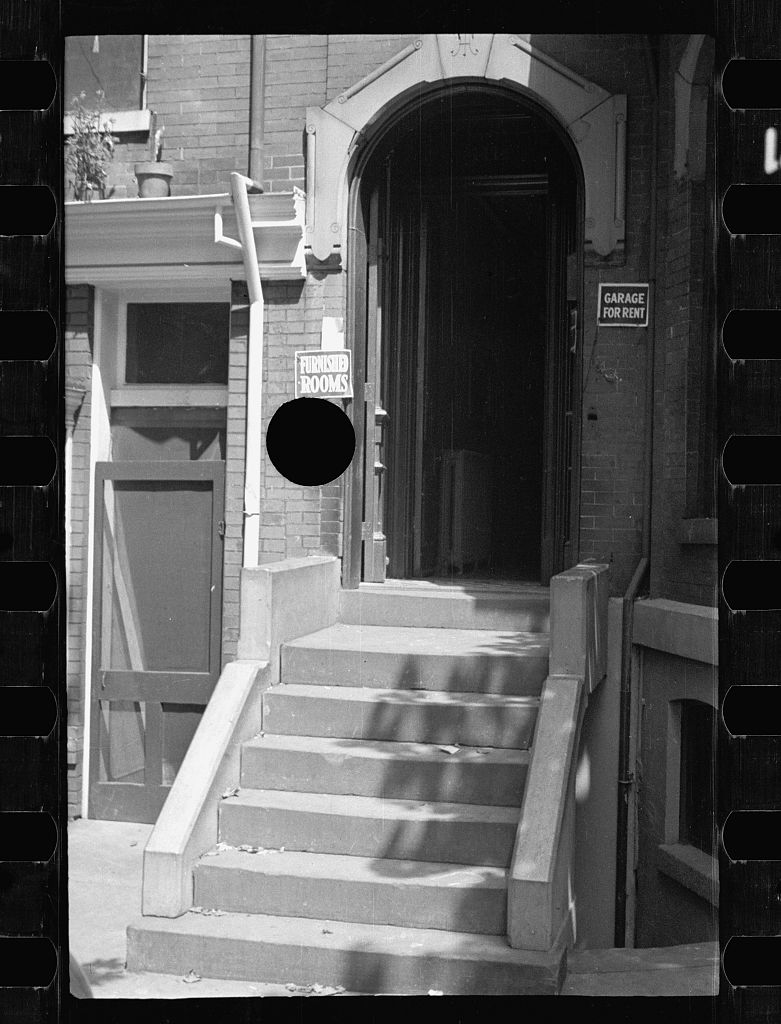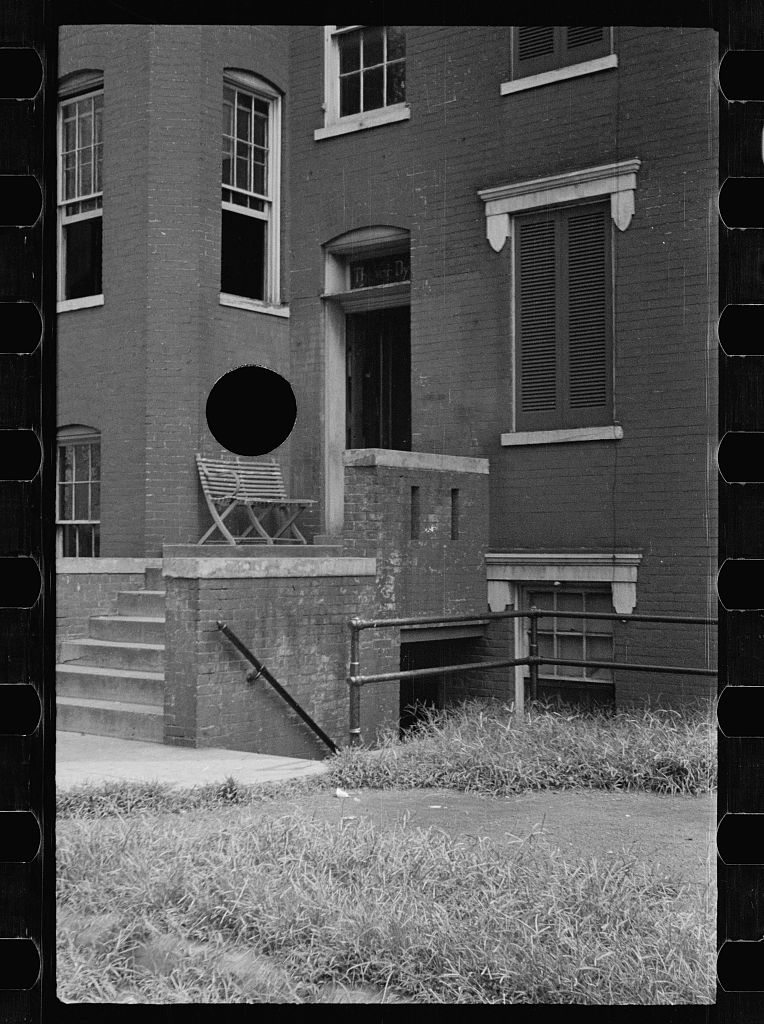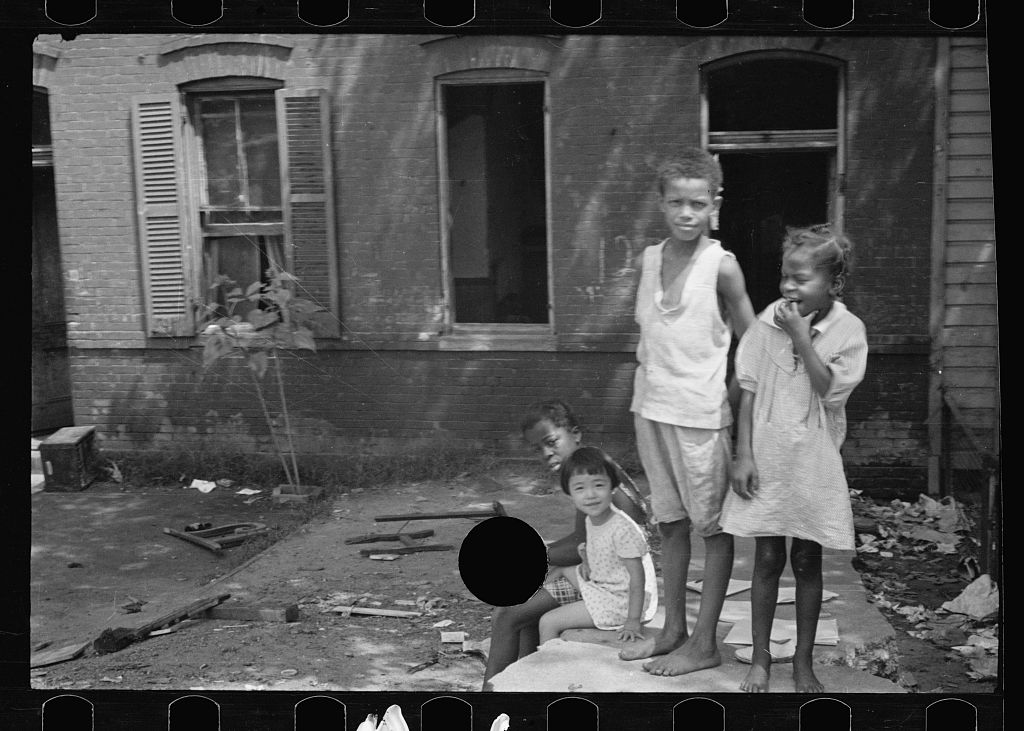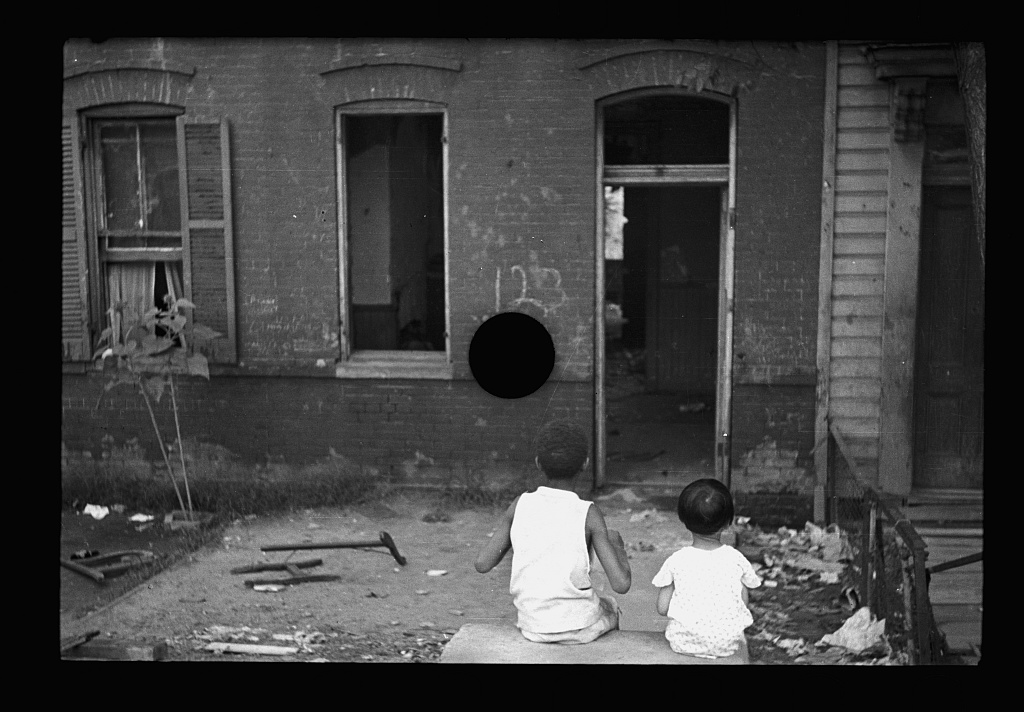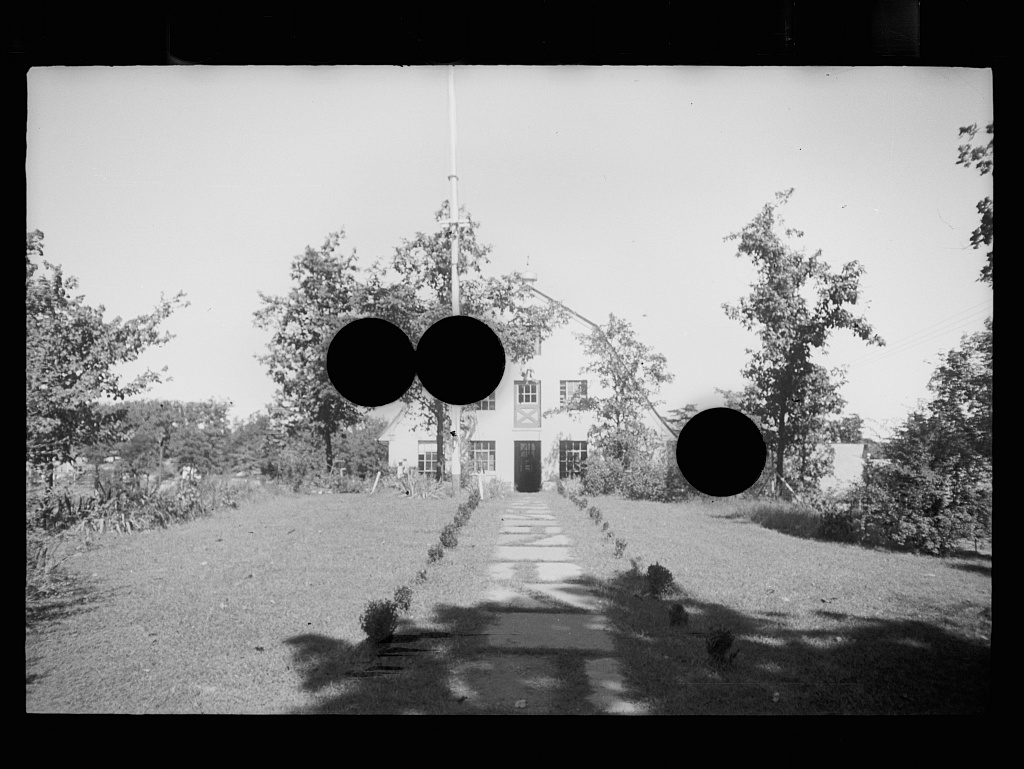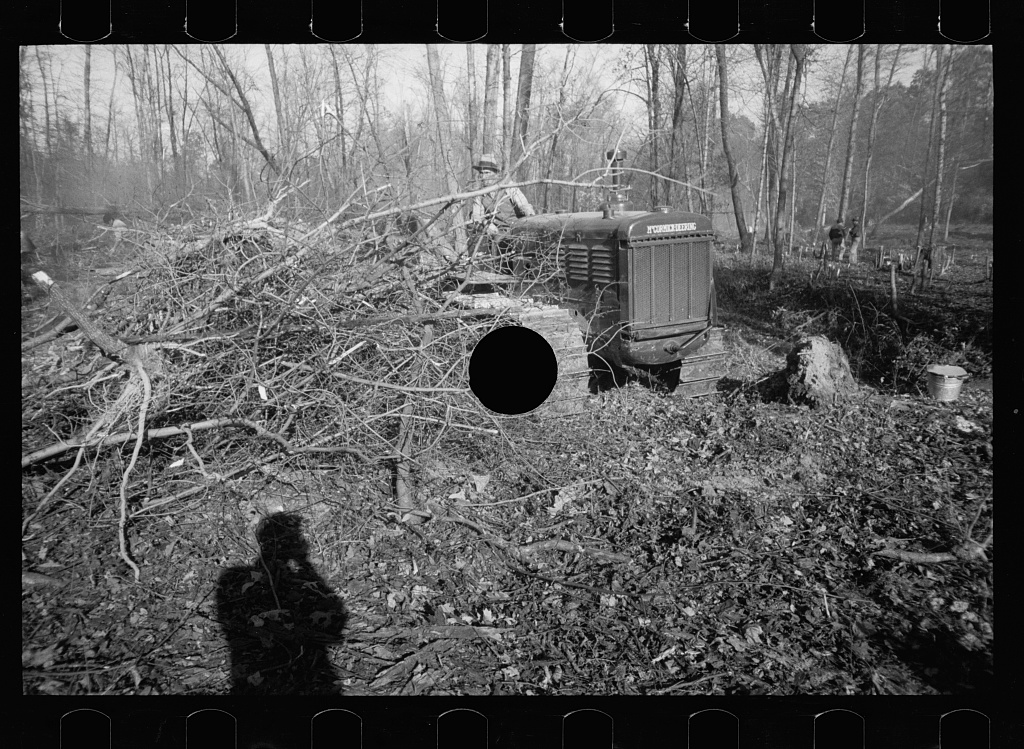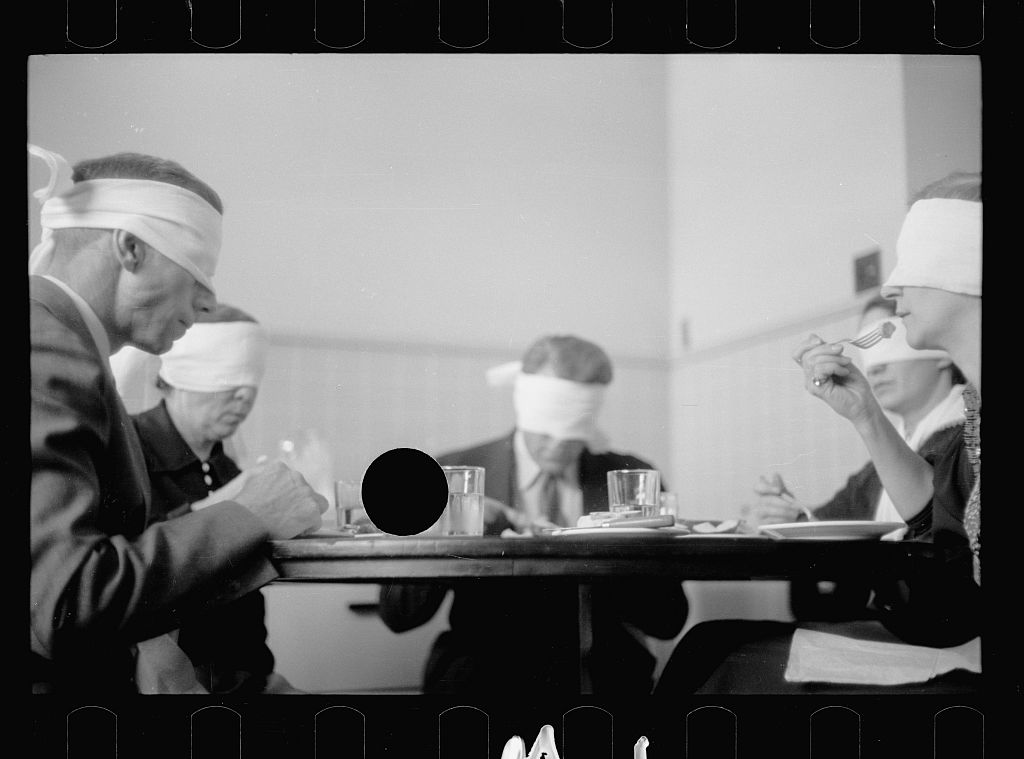Lines are phenomena in themselves. They really are, in us and around us... Indeed there is no escaping them, for any attempt to flee we only lay another one. Why should theory and metaphor be thought to be the only alternatives for the line? Why cannot the line be just as real as whatever passes along it, if indeed the two can be distinguished at all?
- Lines: A Brief History by Tim Ingold
I'm still walking around the country. To date we've walked 2,600km, with a further 1,400km to go. However, for the past few weeks we've been having some down time. I spent a few days with my family, and turned 24. They asked me: "So, what do you want to do for your birthday?"
I didn't really know, hadn't thought of something in the time leading up to it. I then asked them to get up at 5:45am and climb a mountain. It was the first morning in weeks that there were clouds, and as we started our climb we kept our jumpers tight around us. After a while the heat of the climb warmed our limbs, and the clouds rushed around us as we pushed forward. It was a wind-swept, cloud howling summit, with only a few meters of visibility. But it was wonderful to be able to share one of my loves with people I love.
It was also around now that I was tagged to post a black and white photo of "my everyday life" for seven days. I haven't been tagged to do one of these internet things in a long time, and I really enjoyed using black and white again. It really makes you focus on shapes and light, and with the ideas of lines already wandering around in my head I found the two topics collided rather perfectly.
